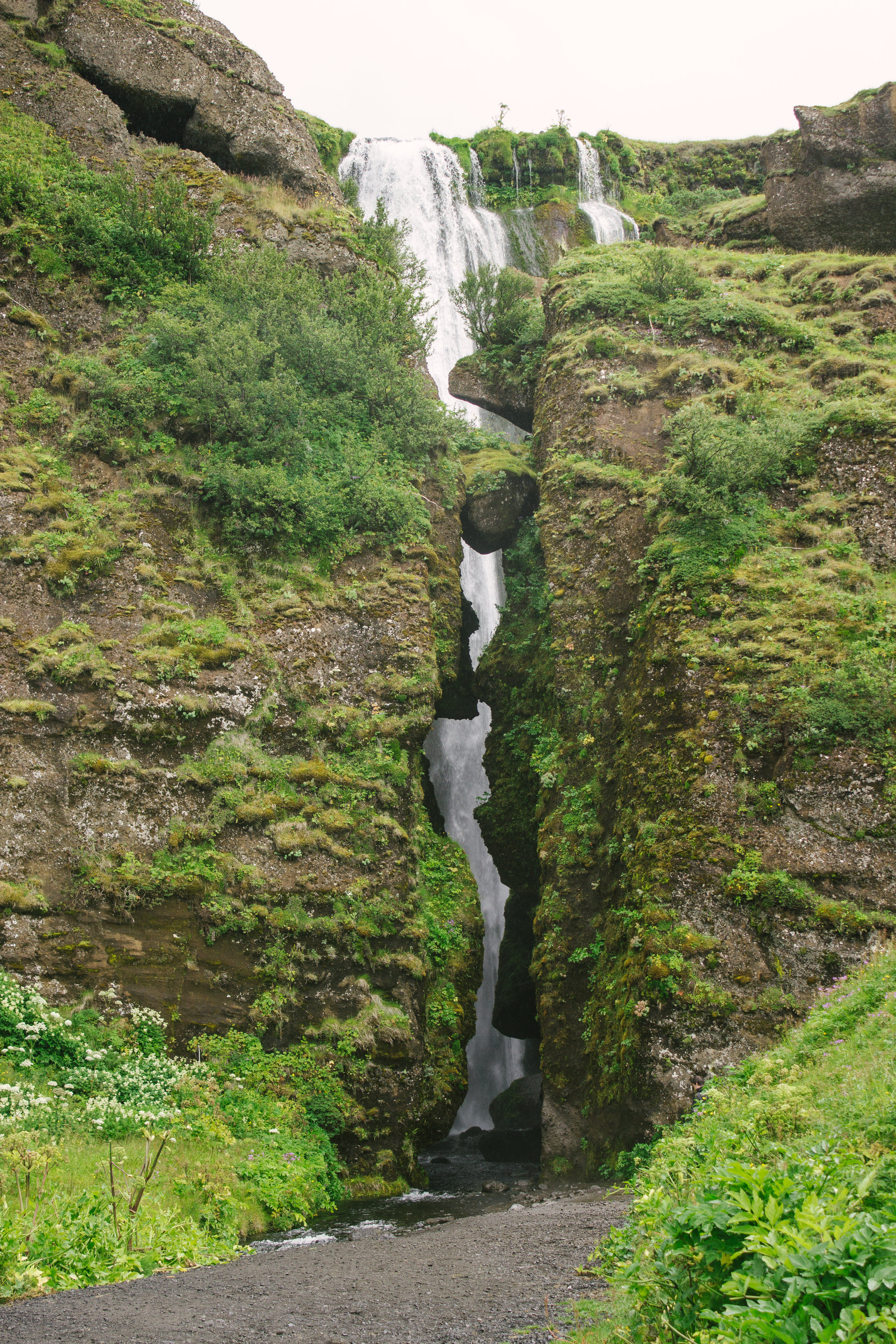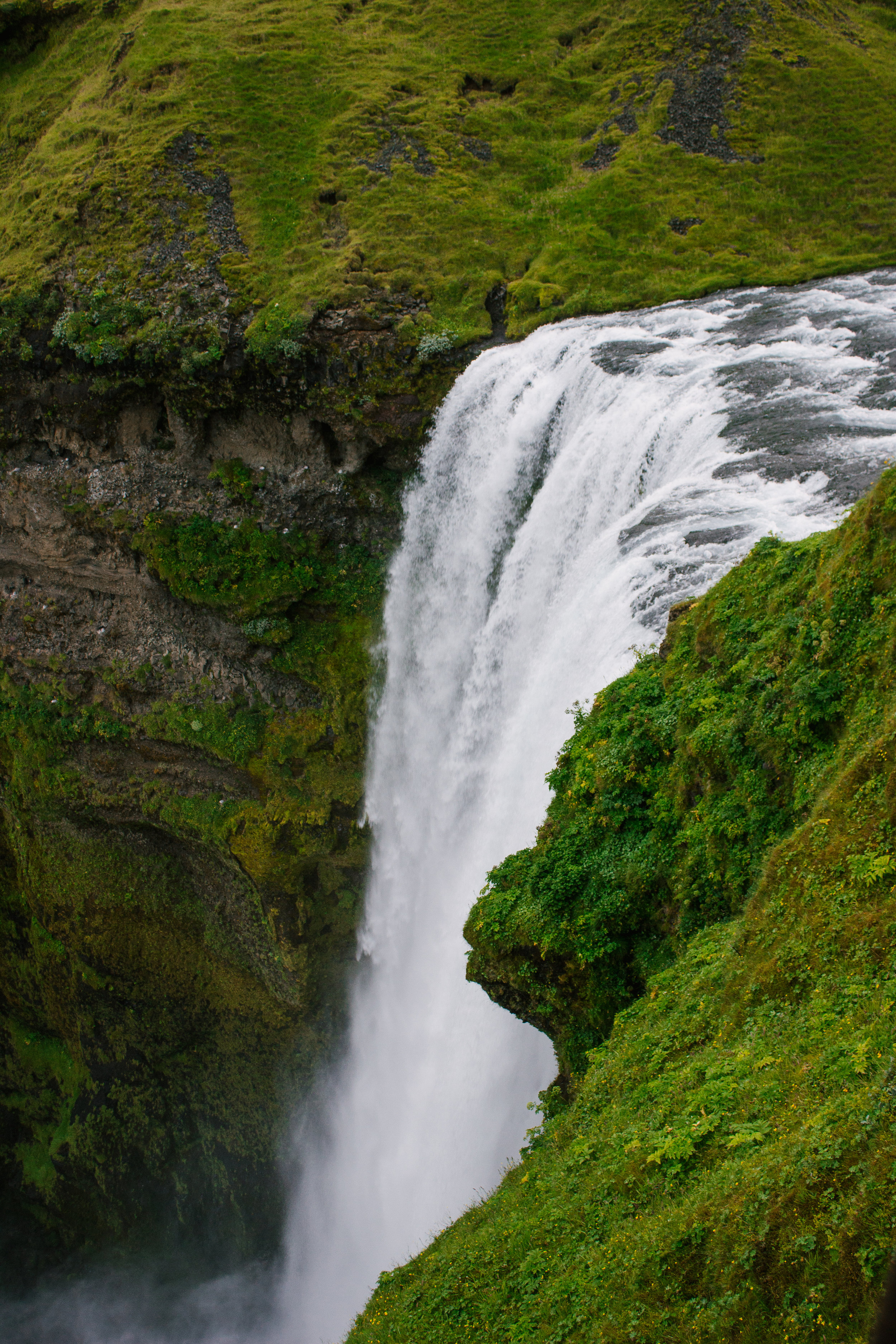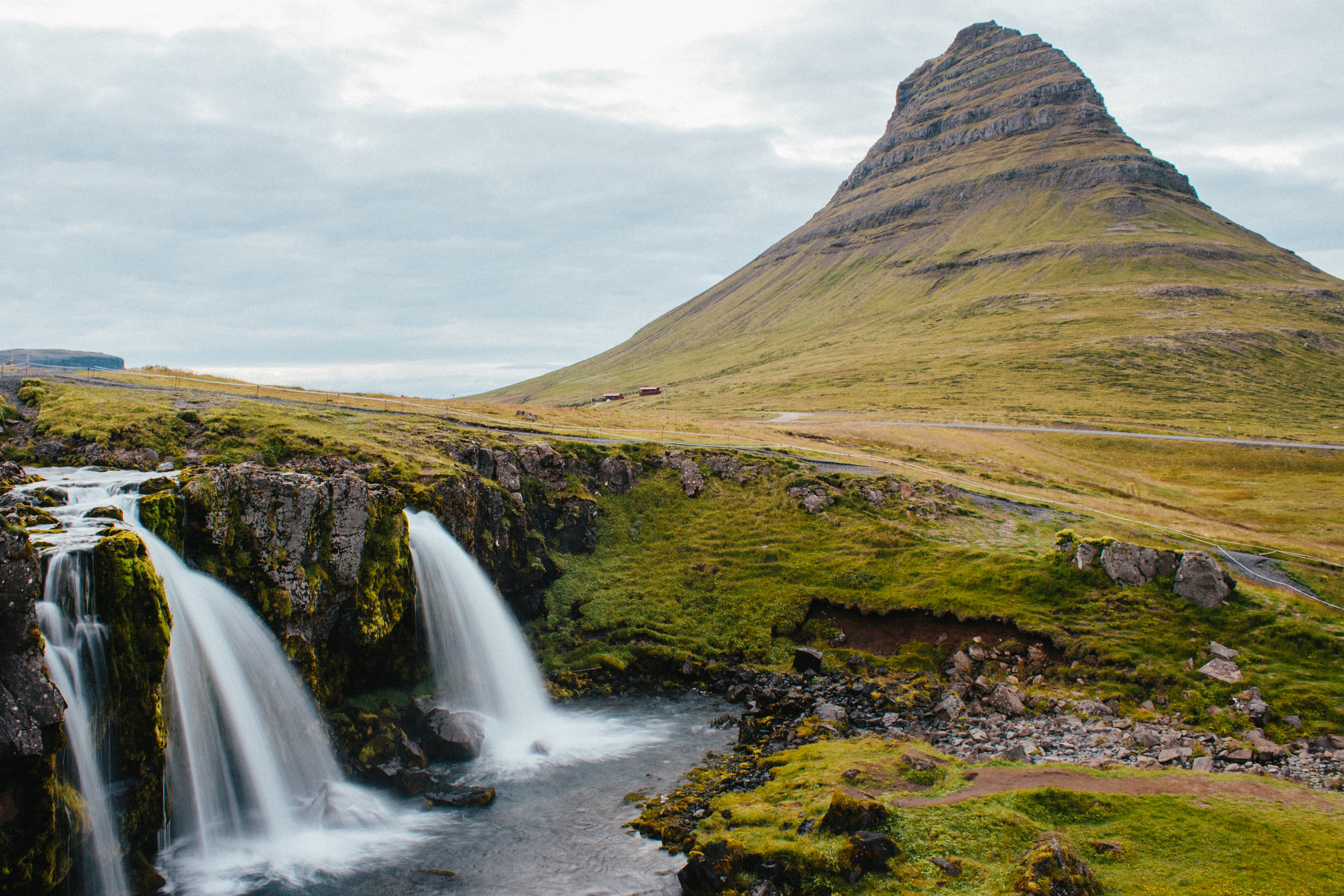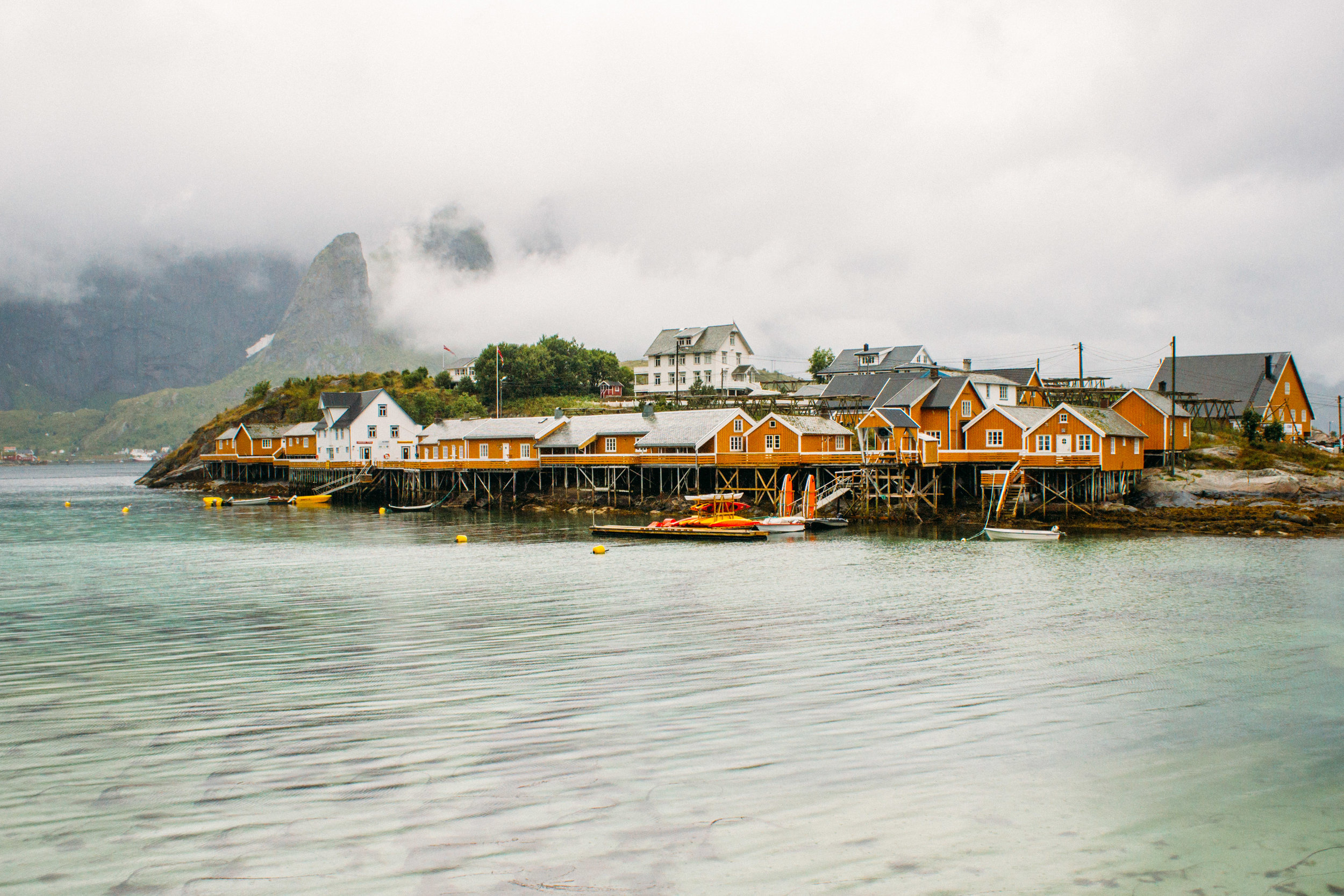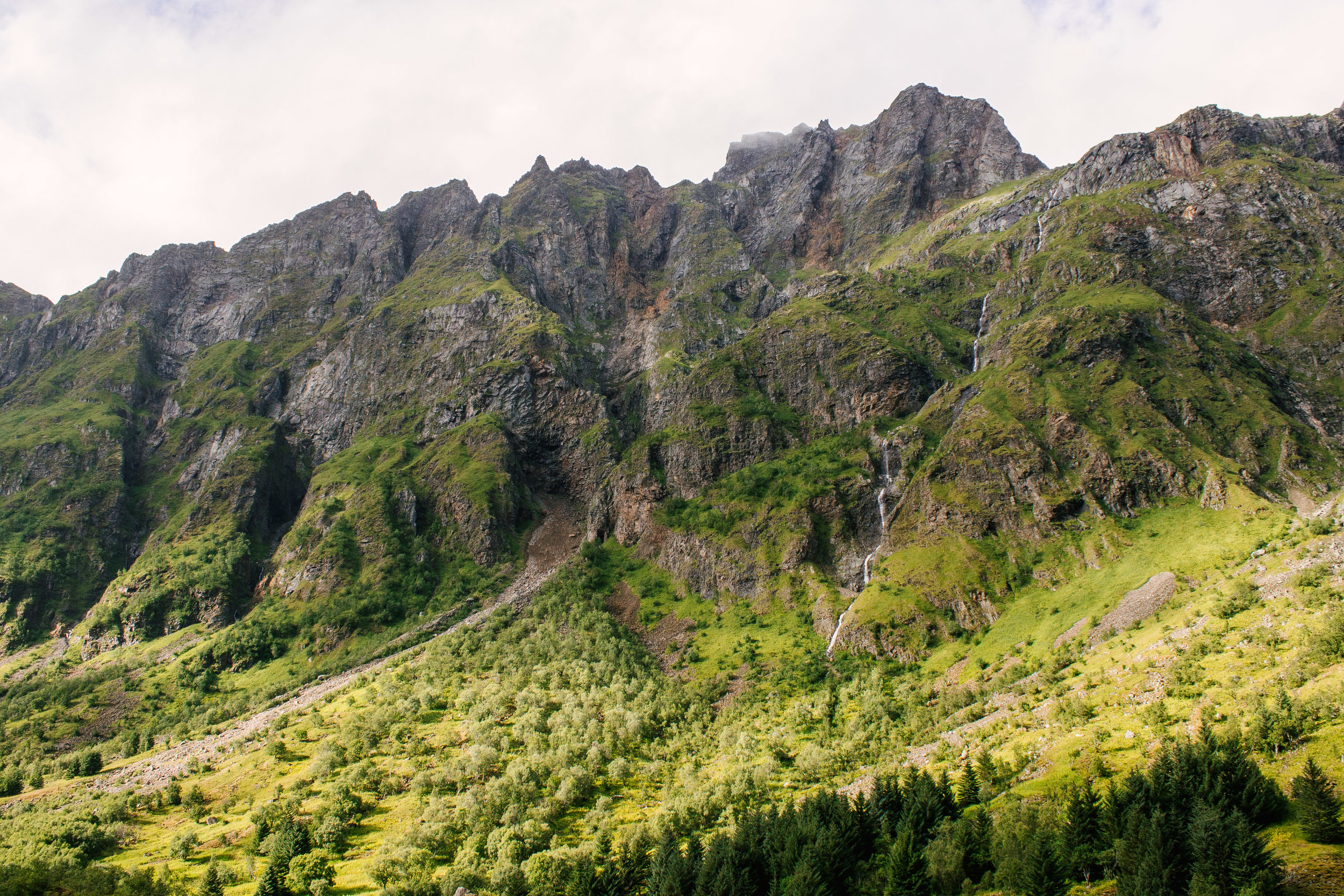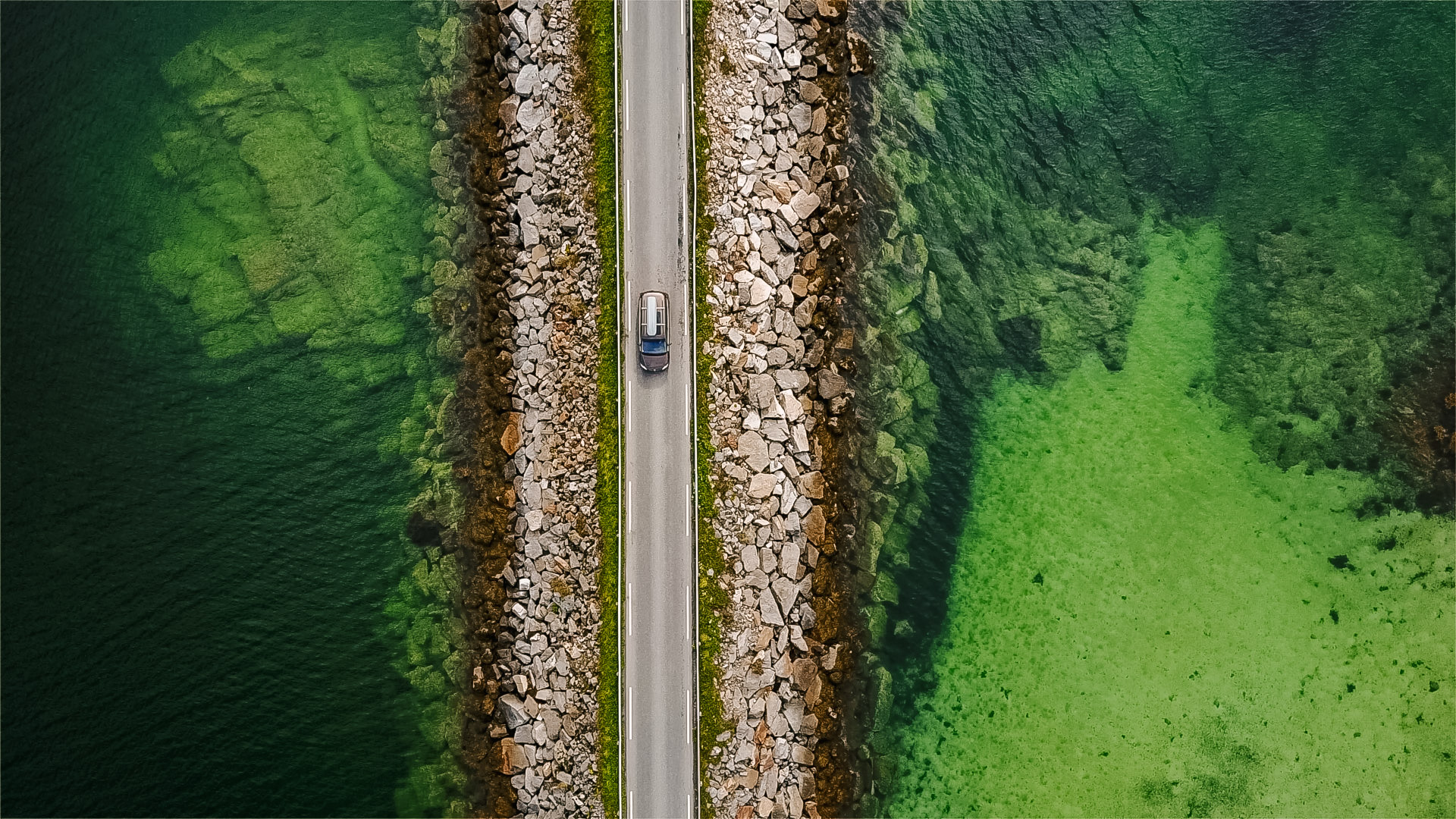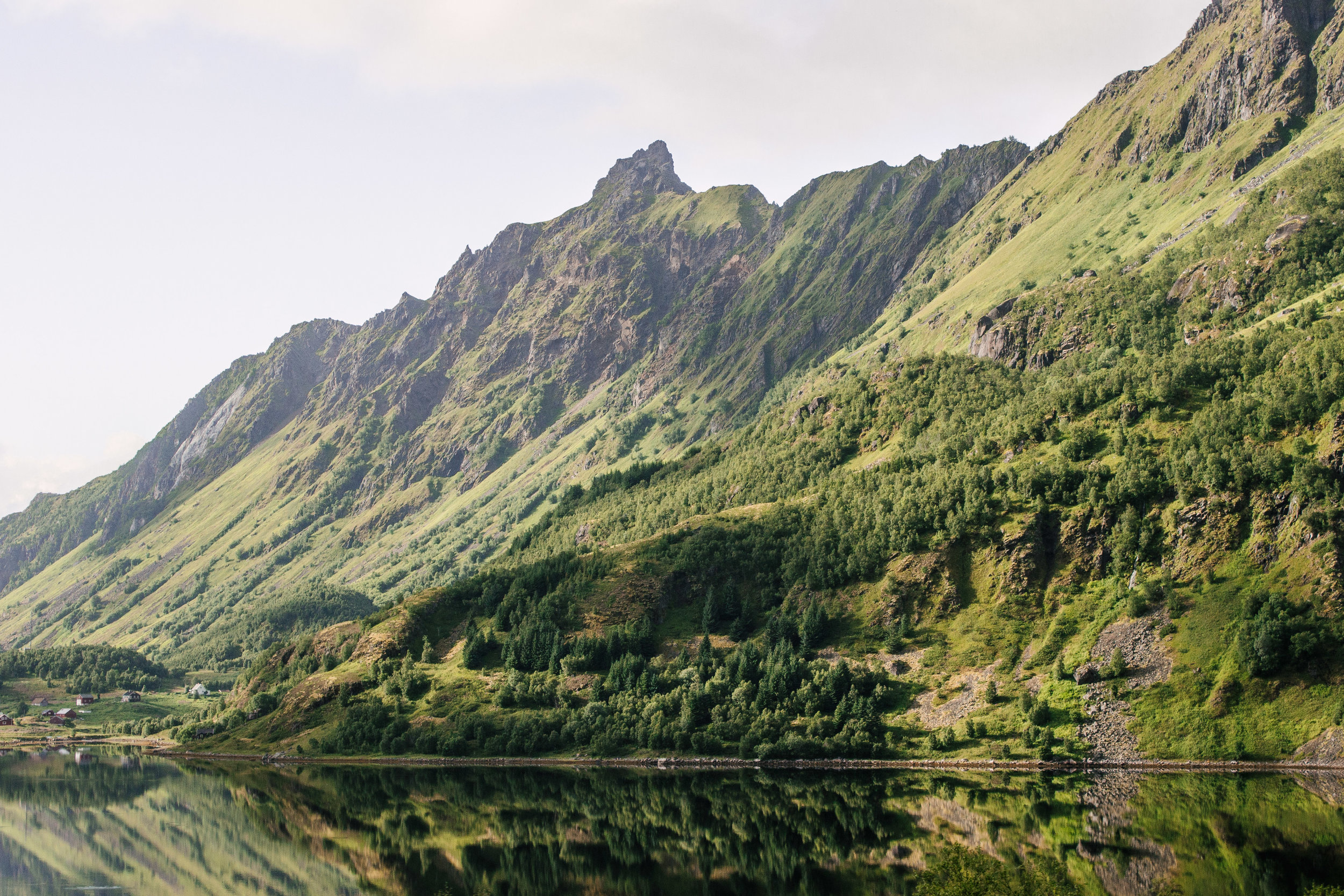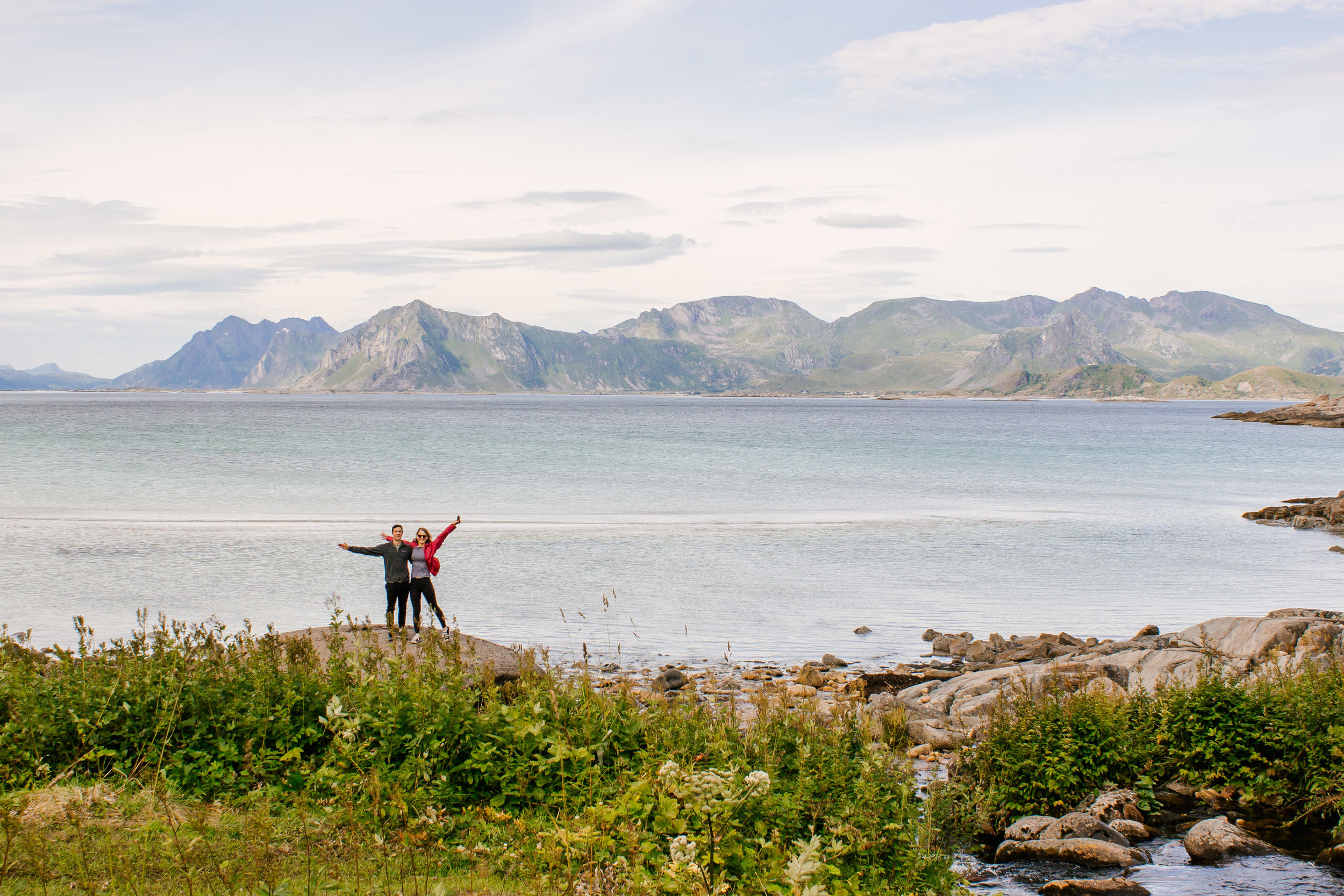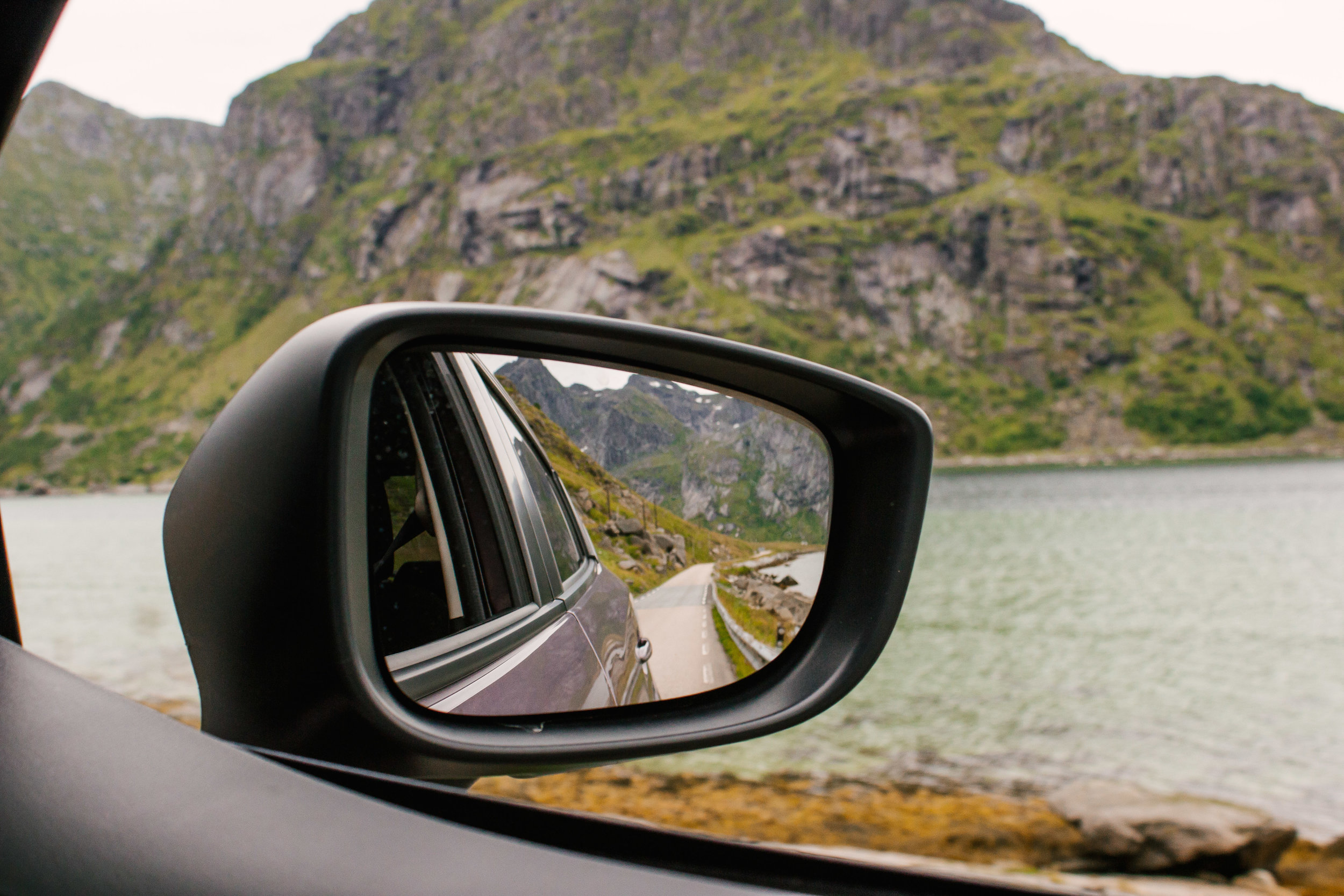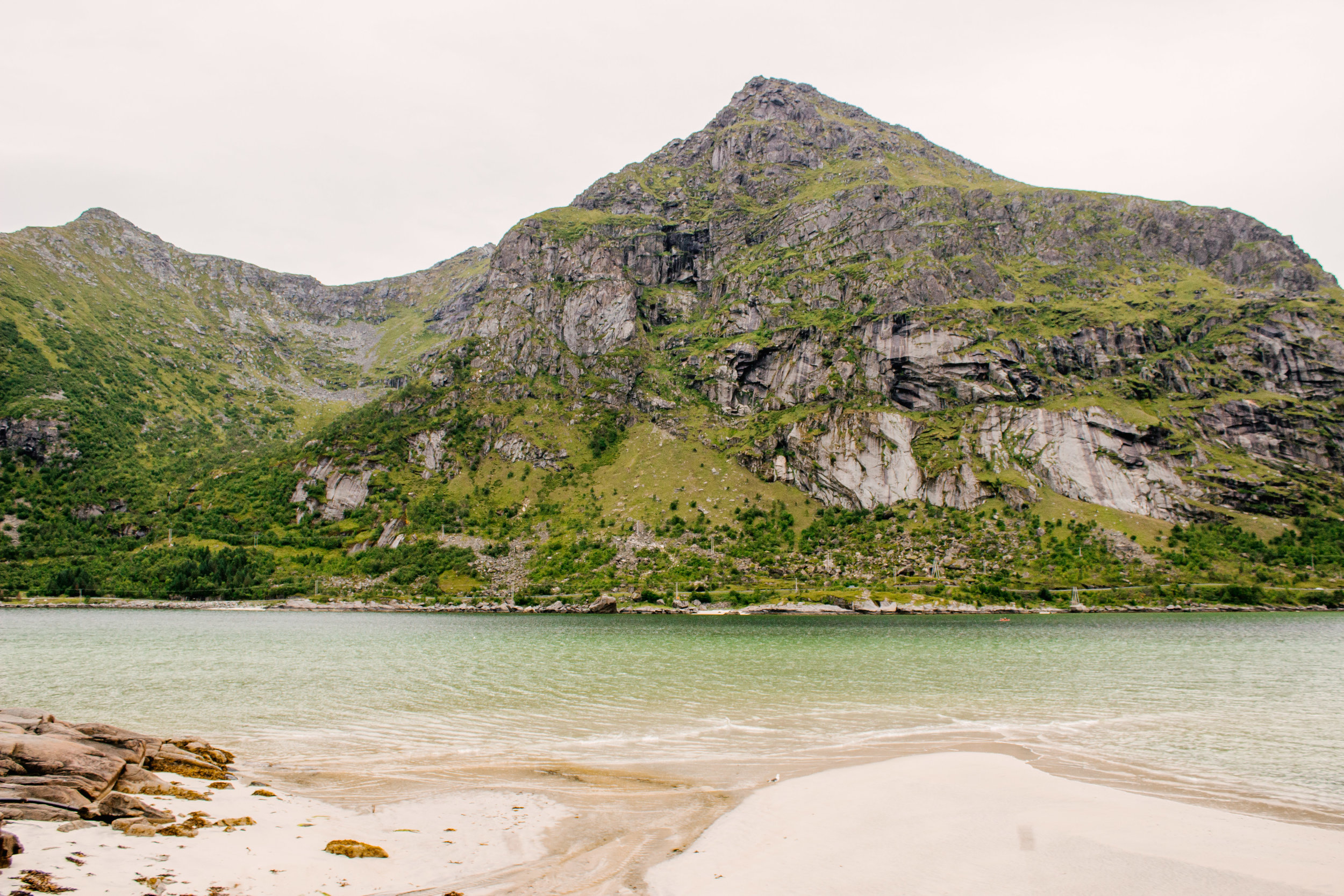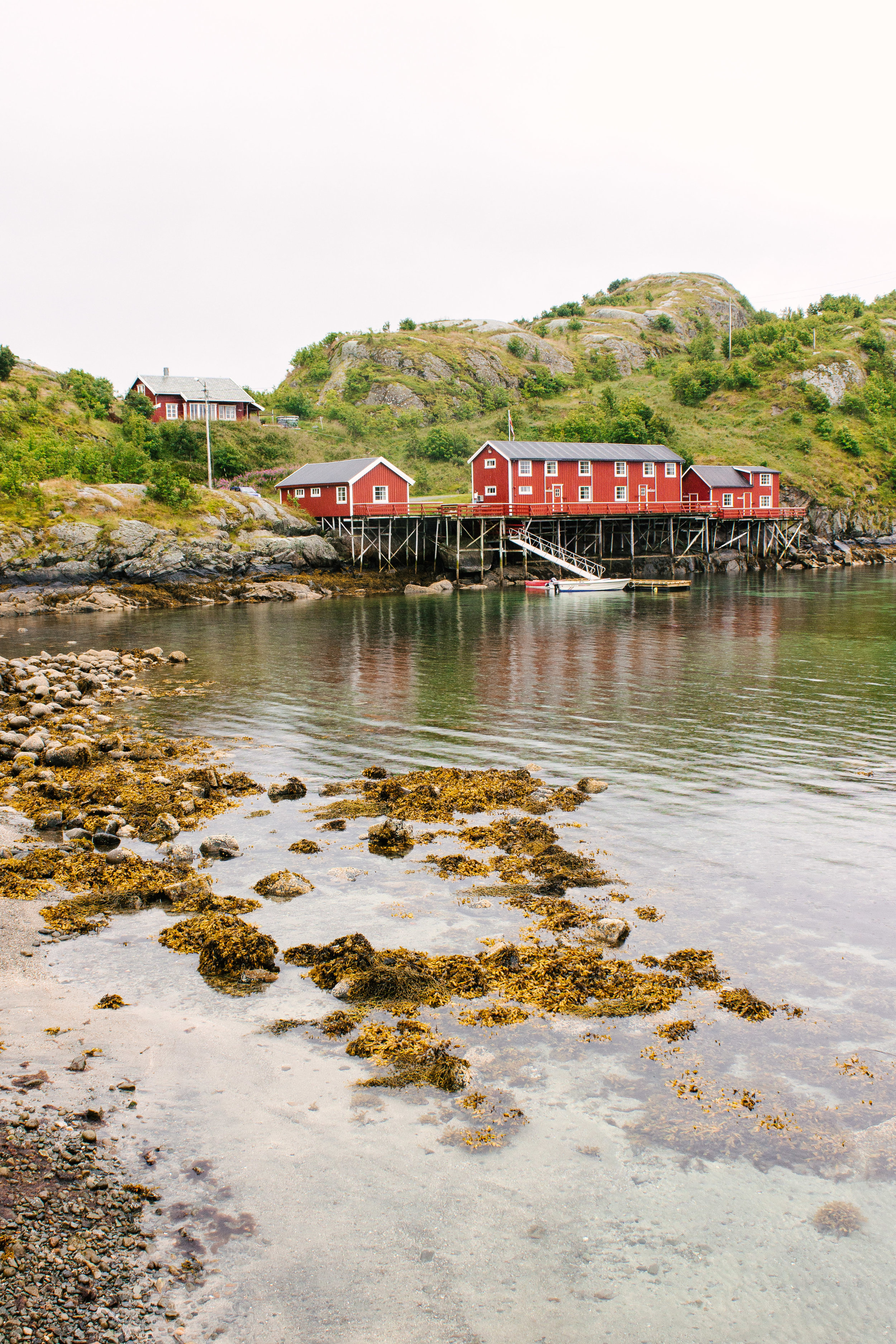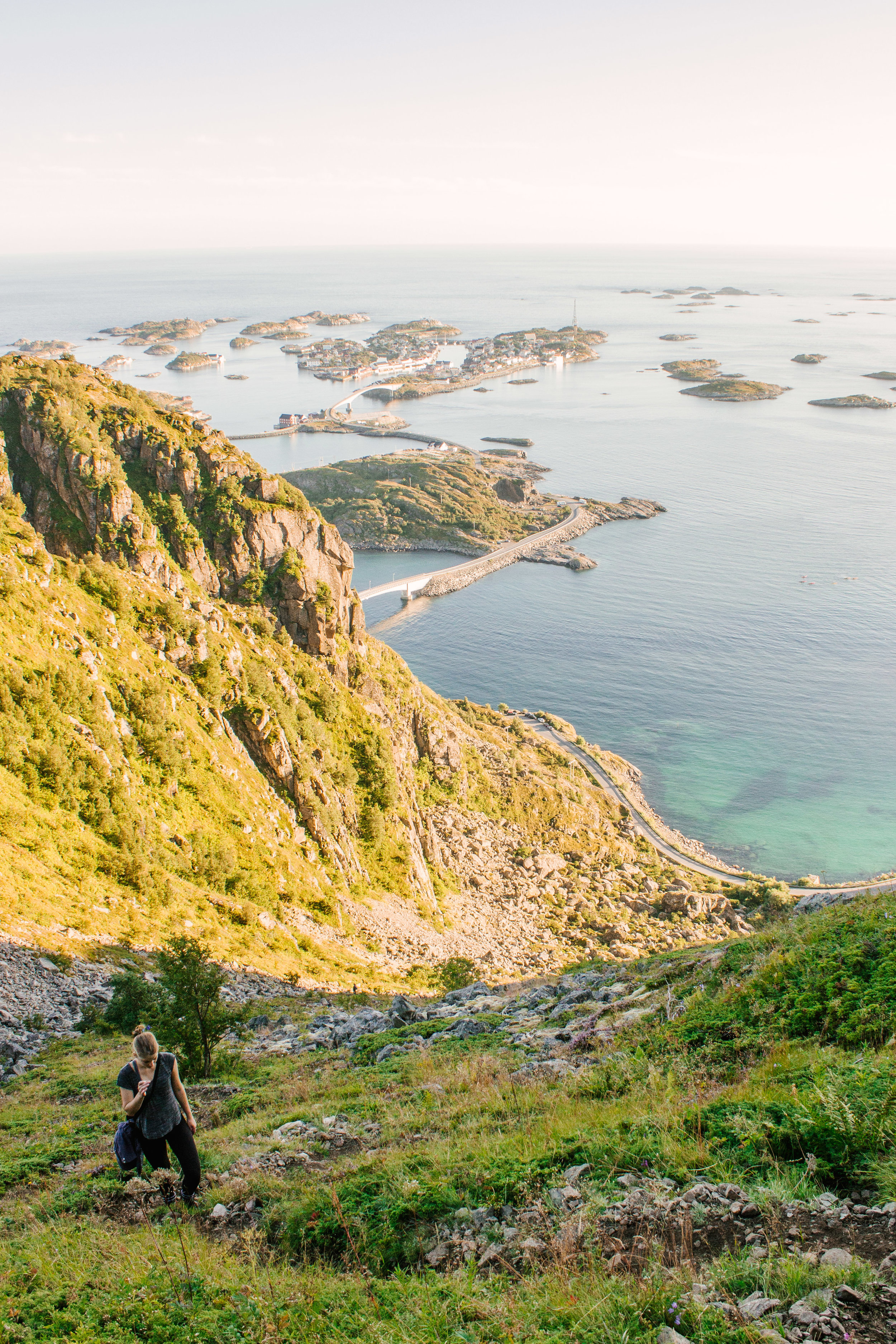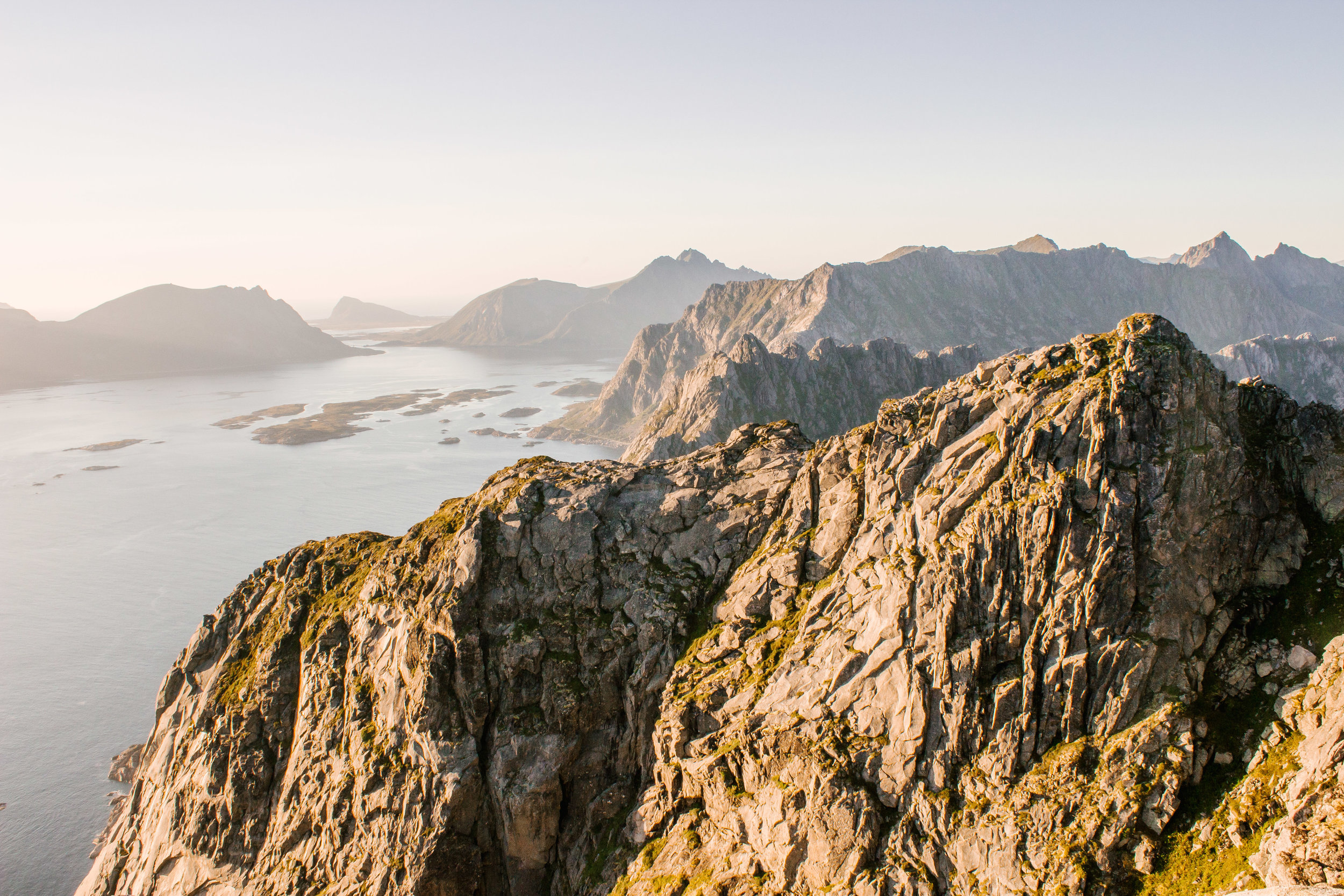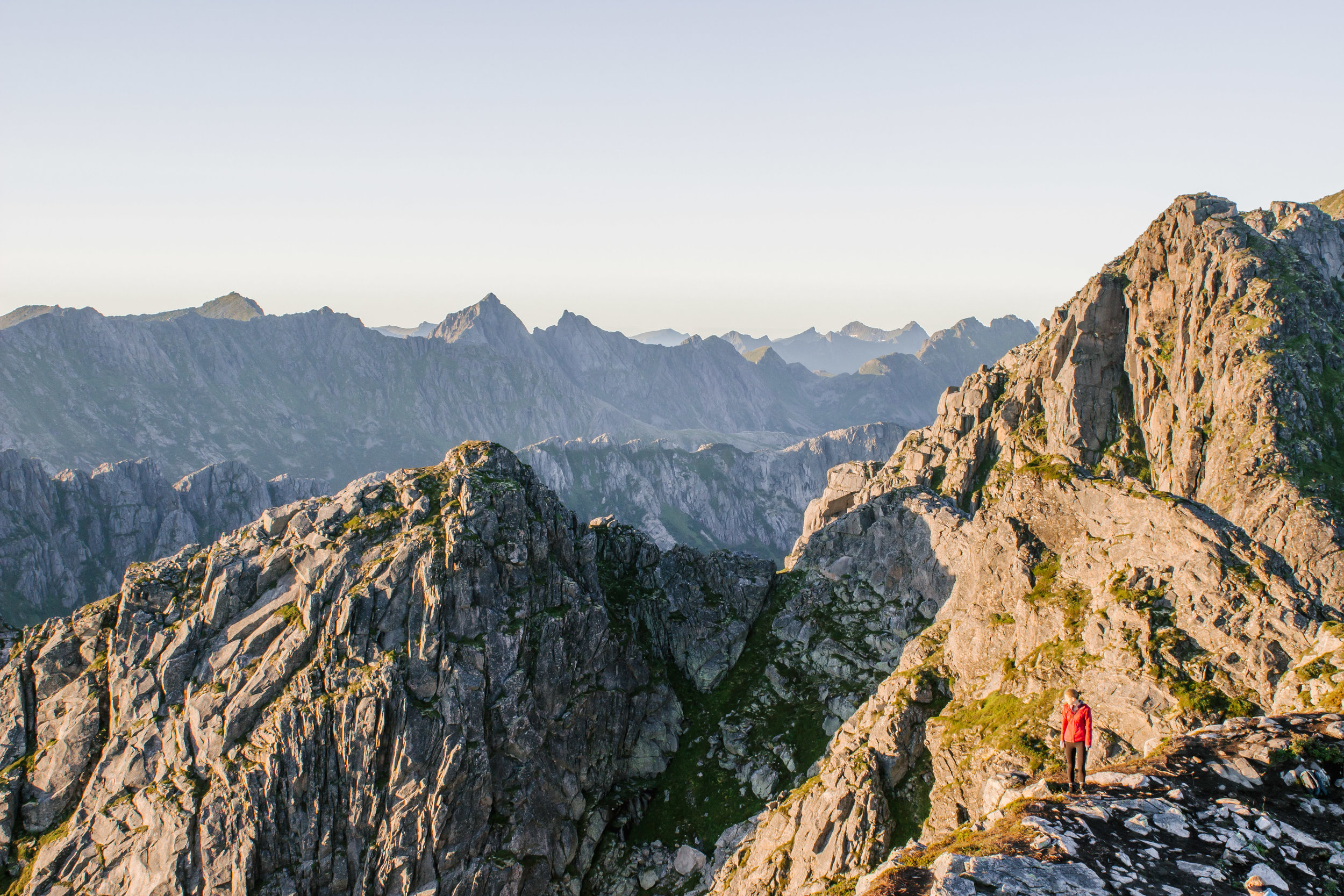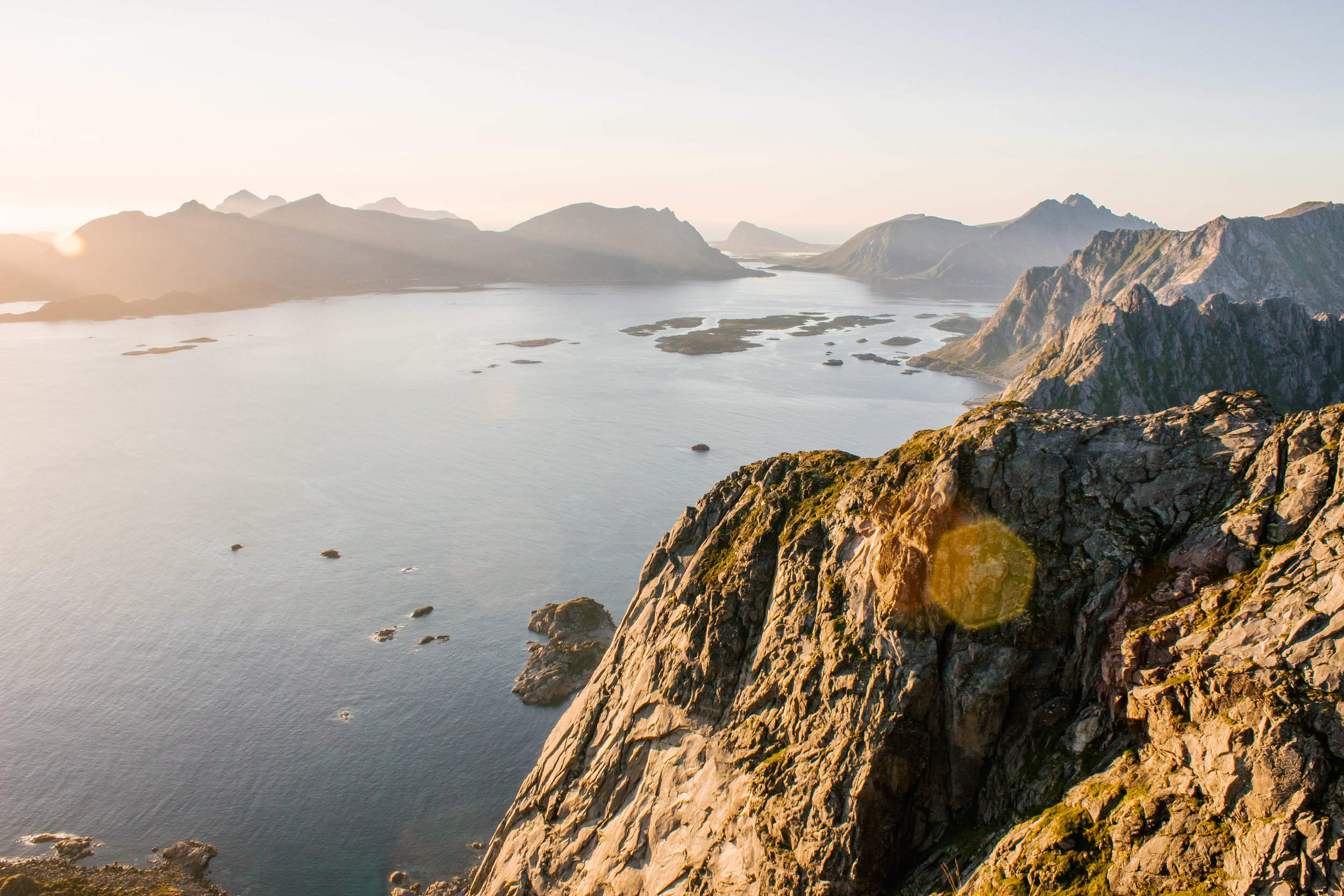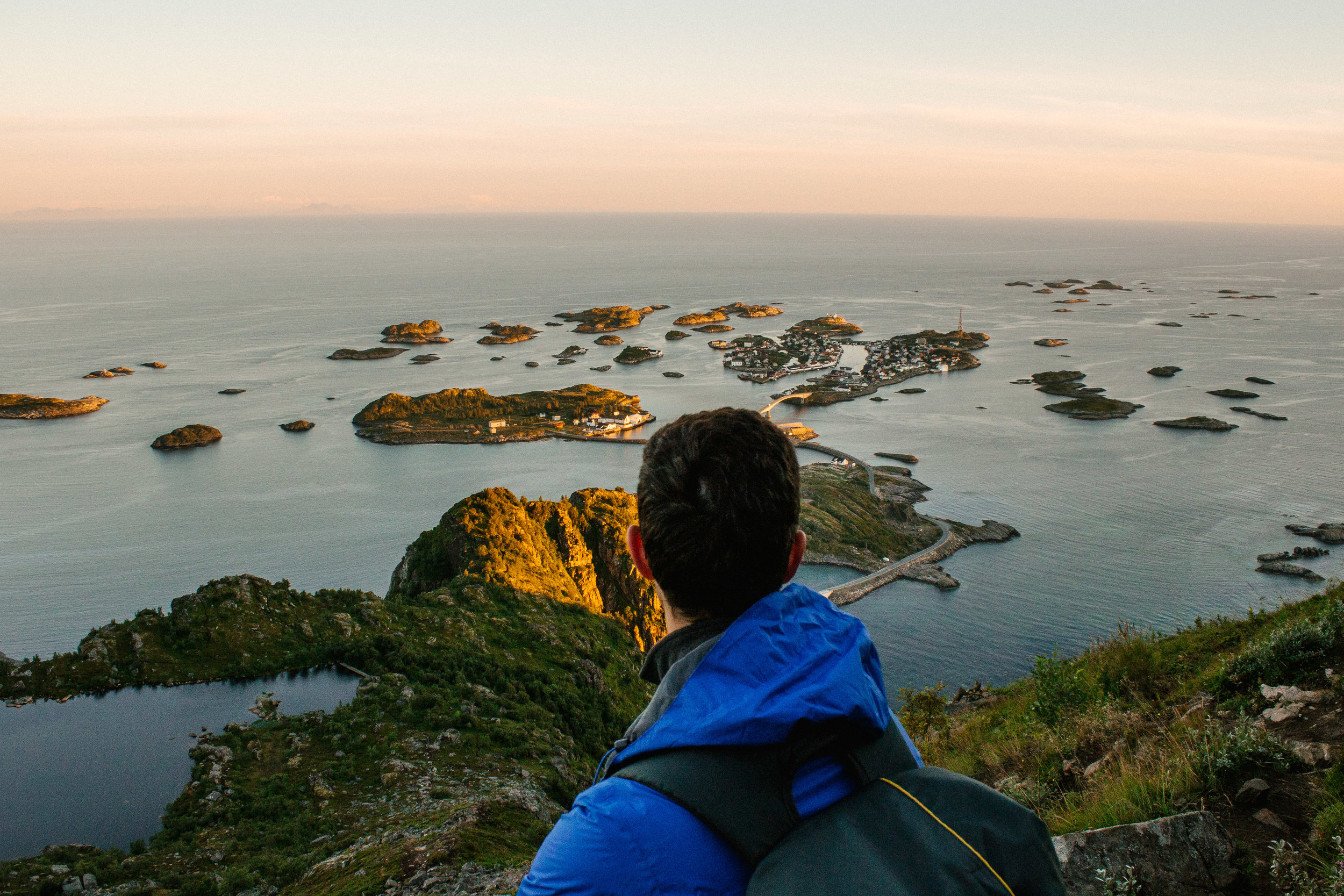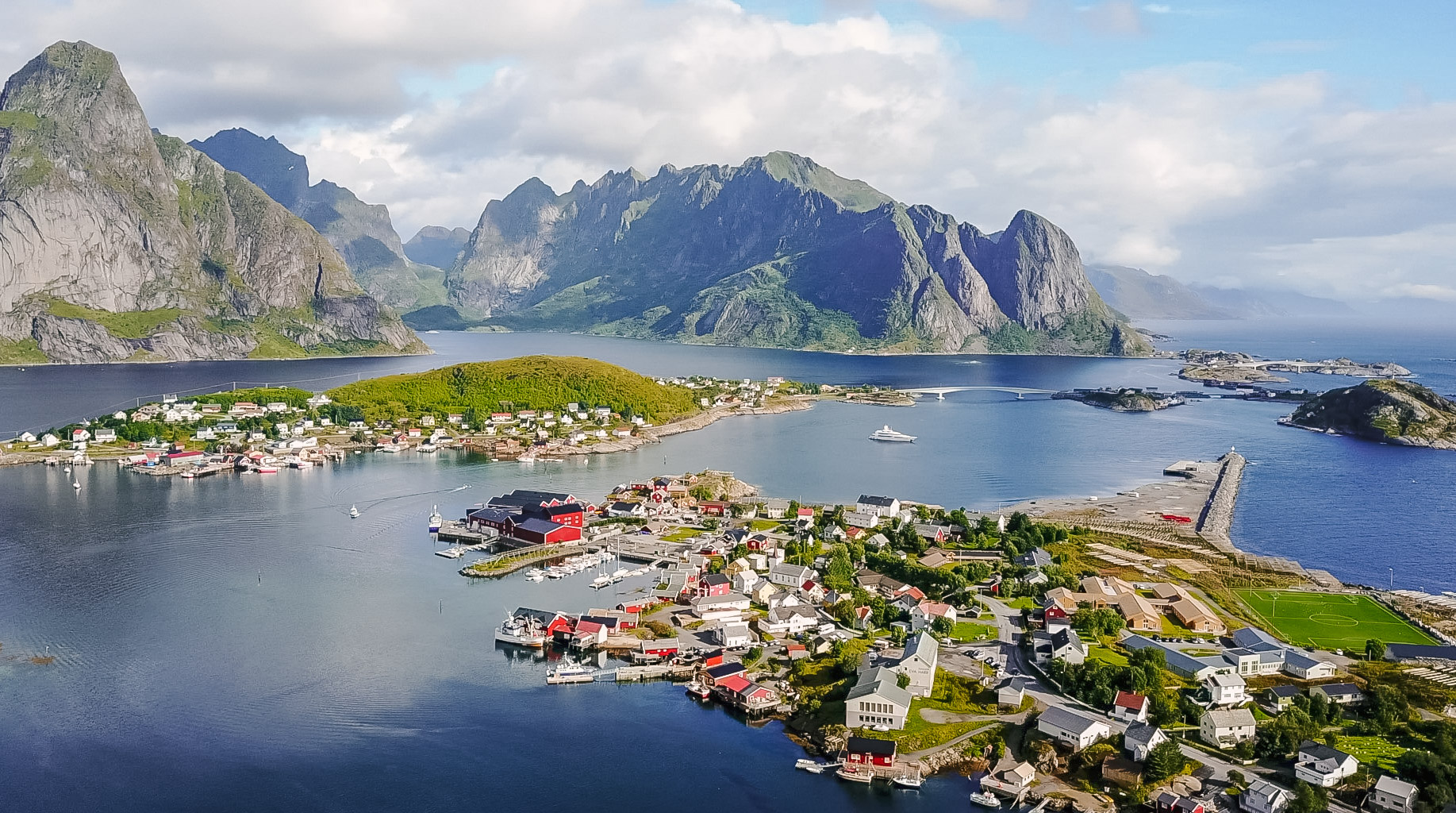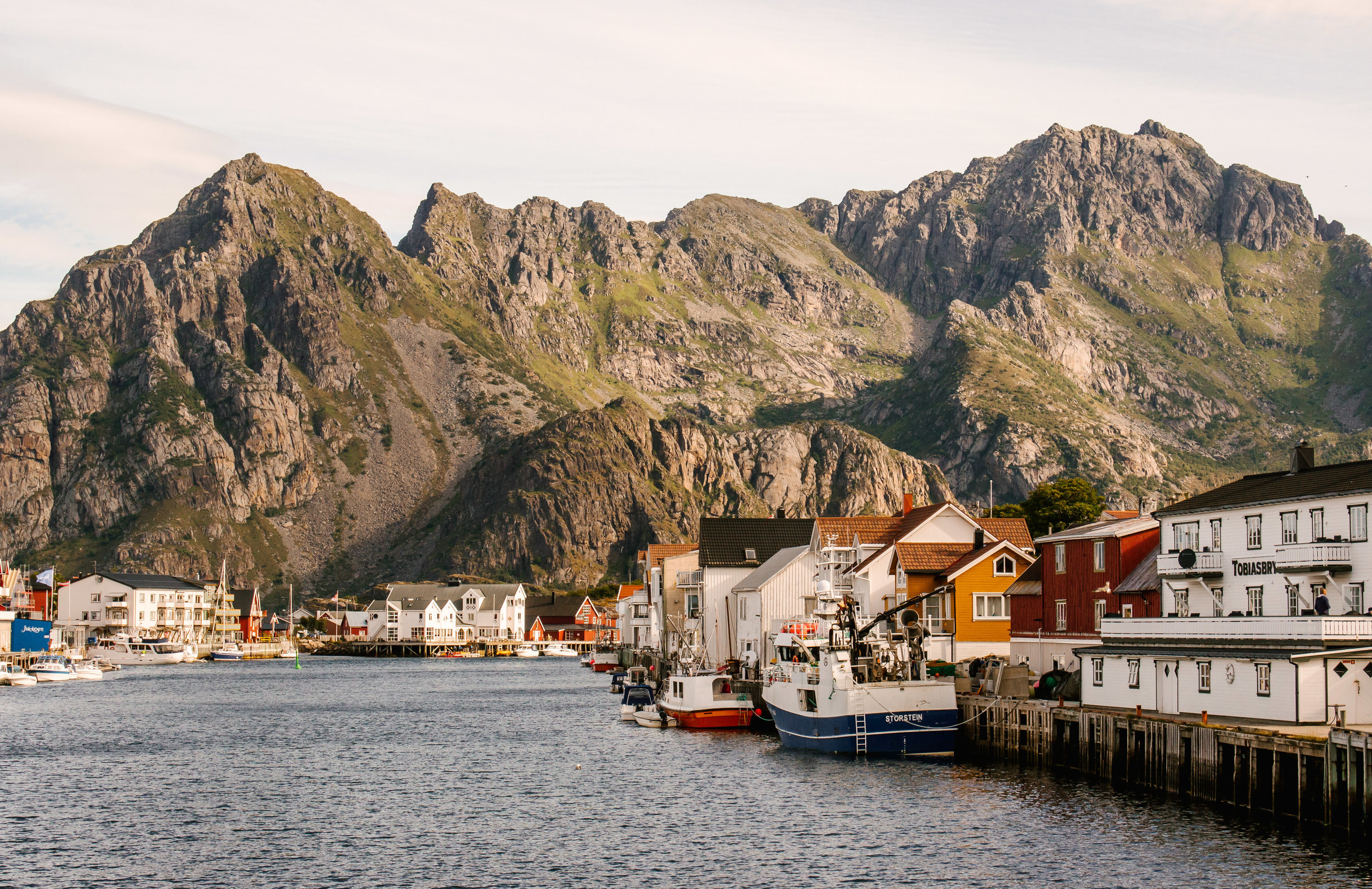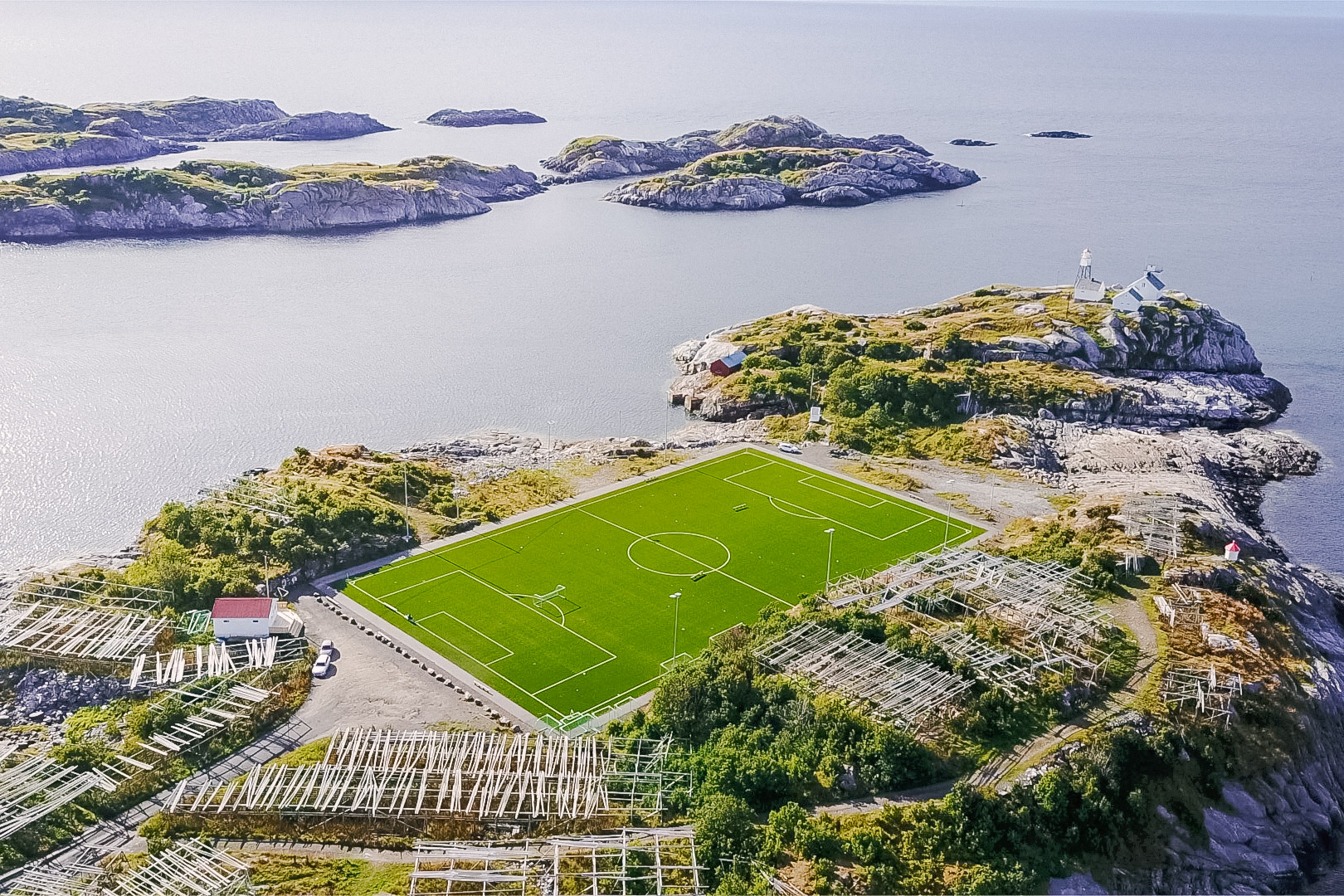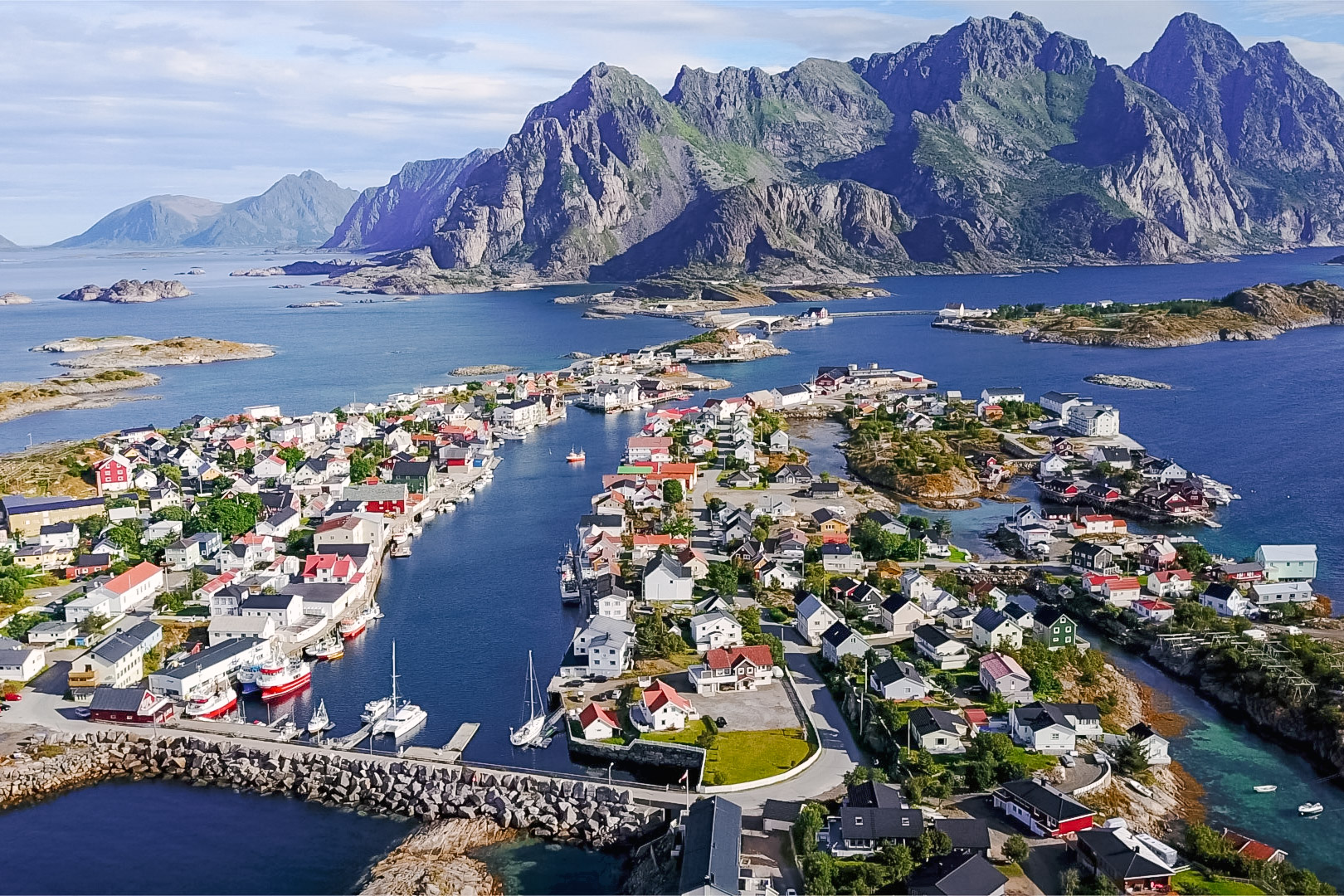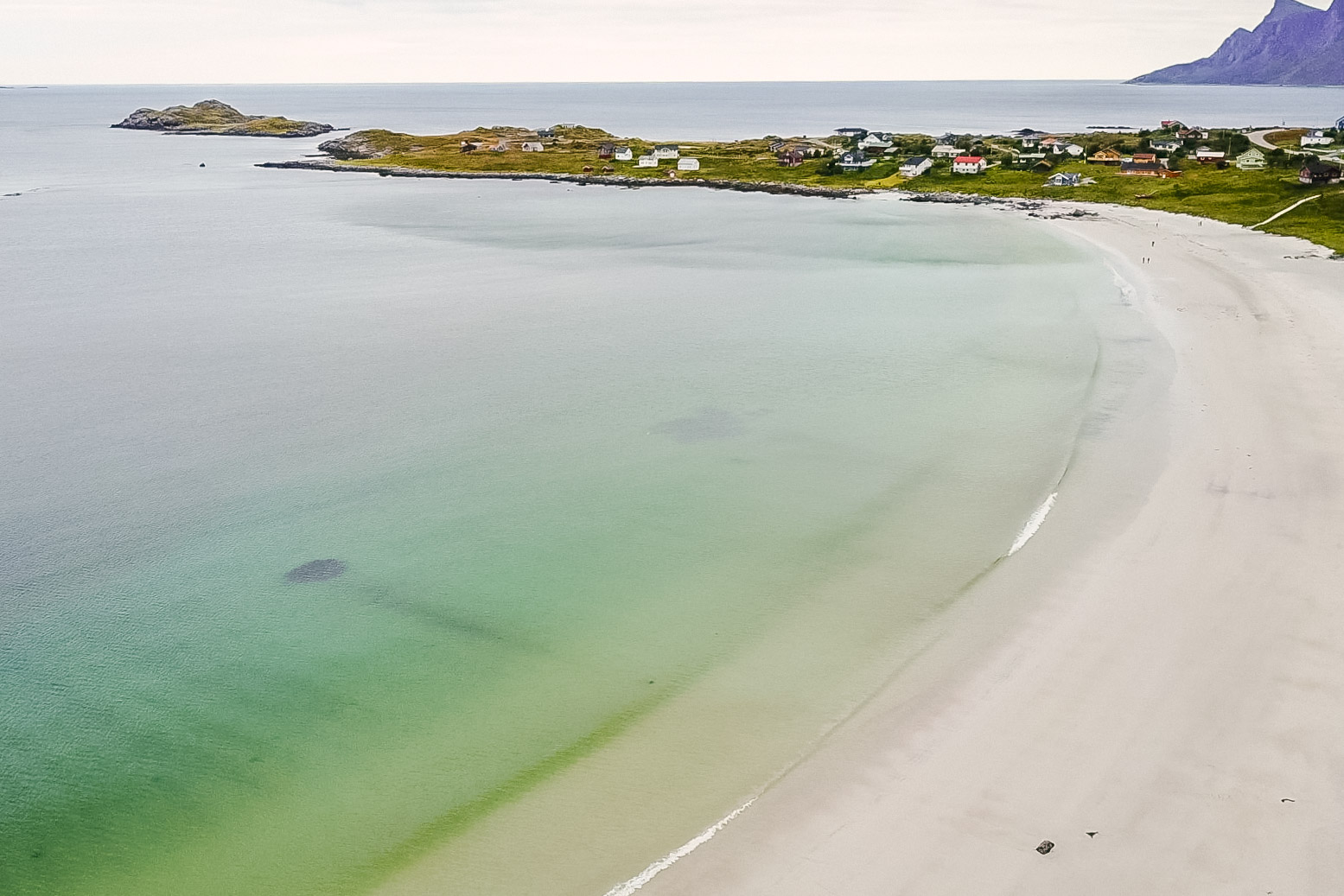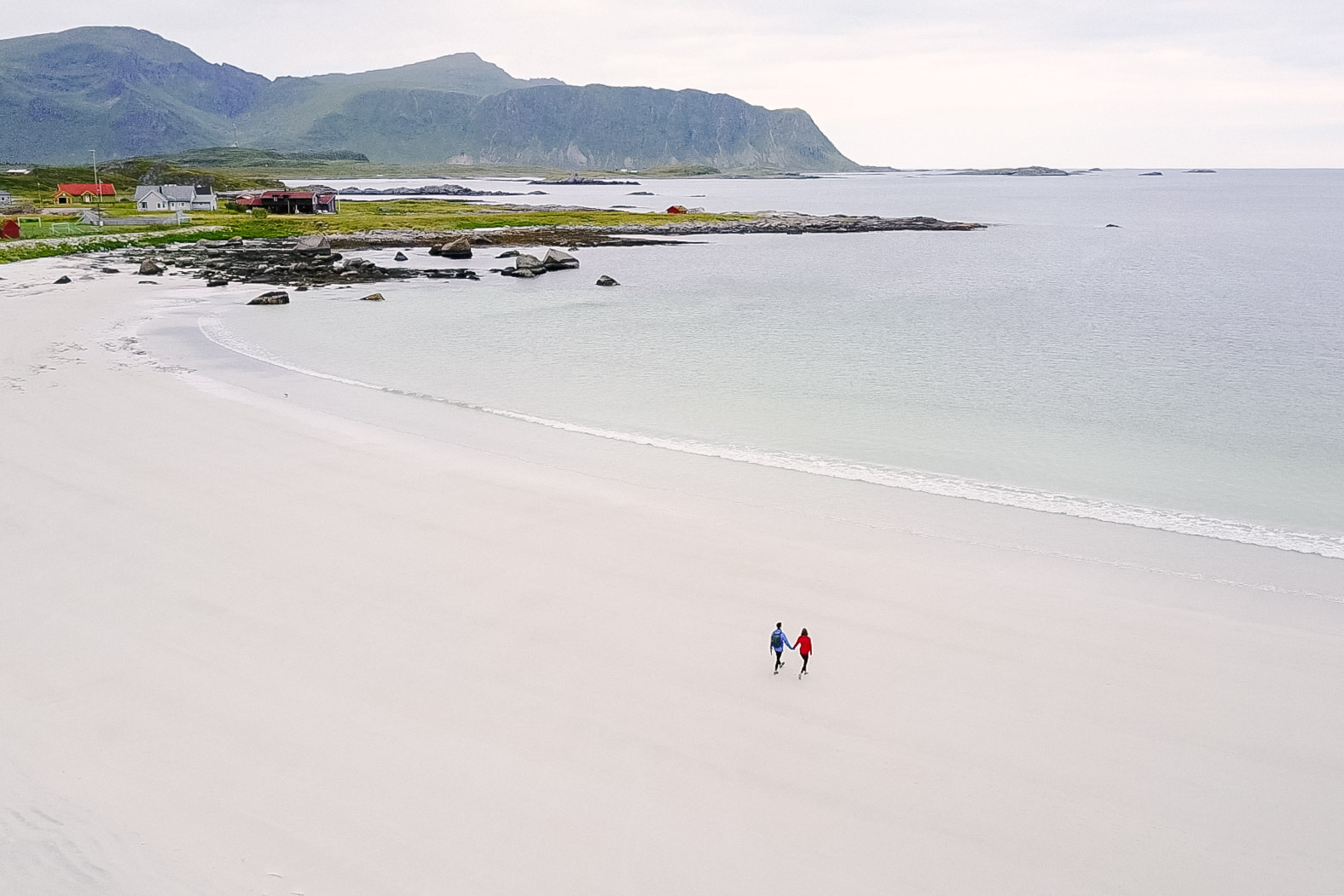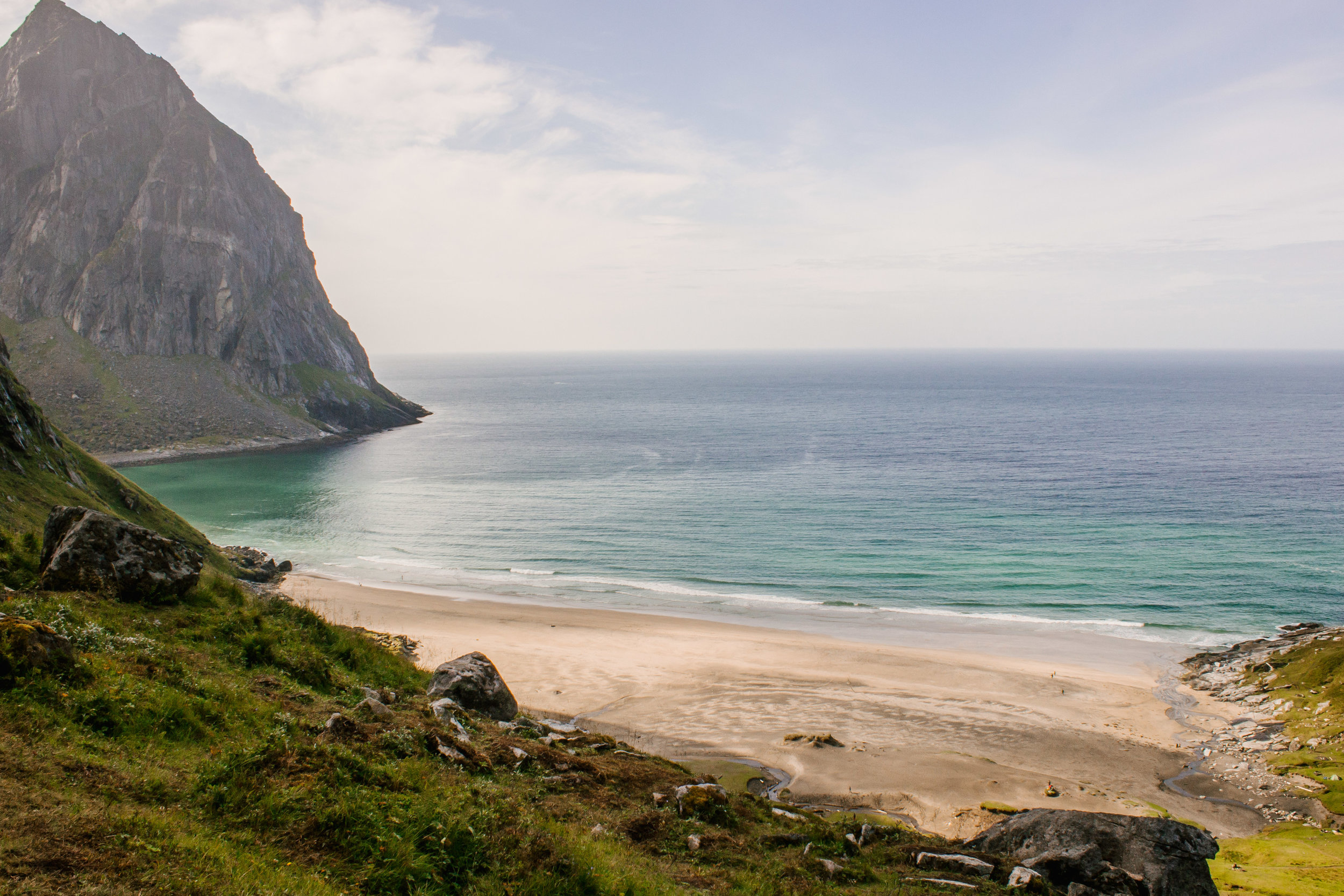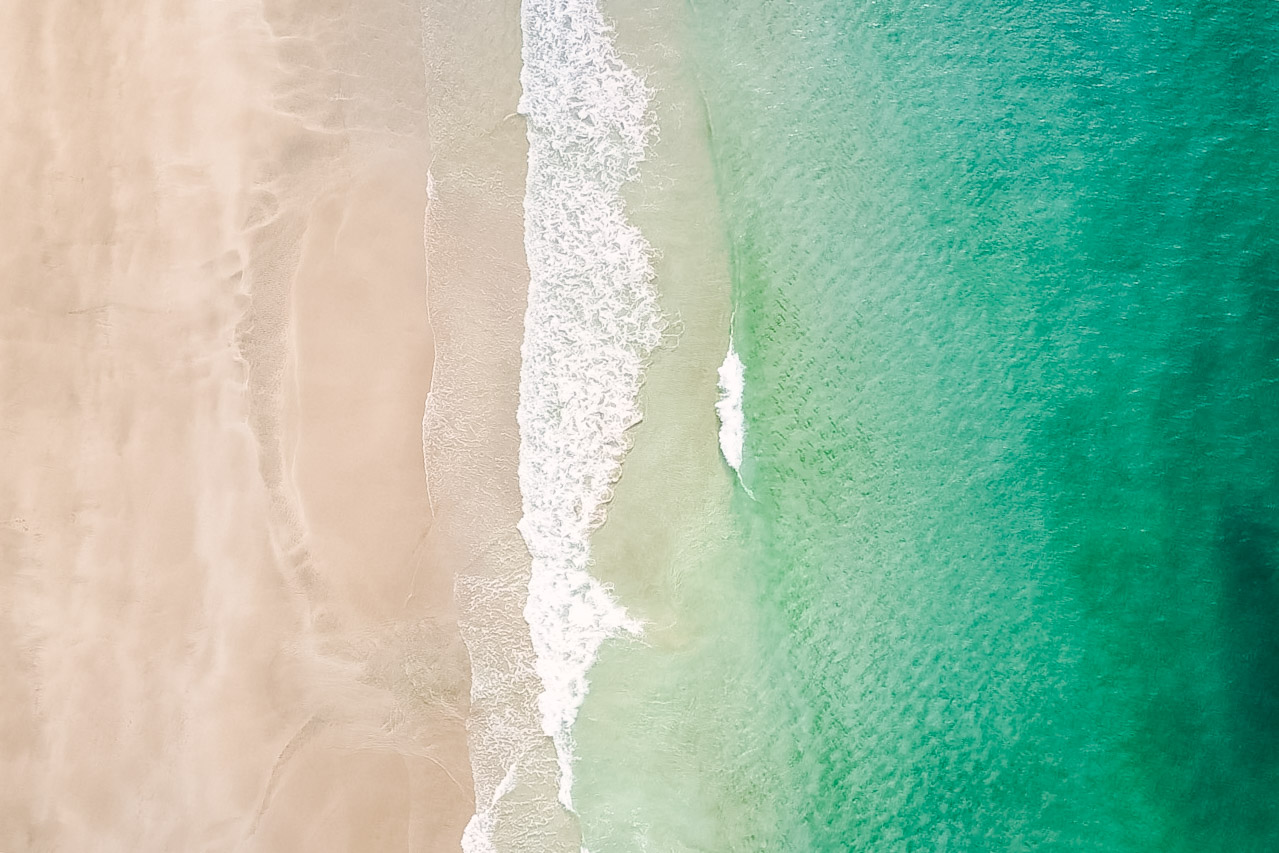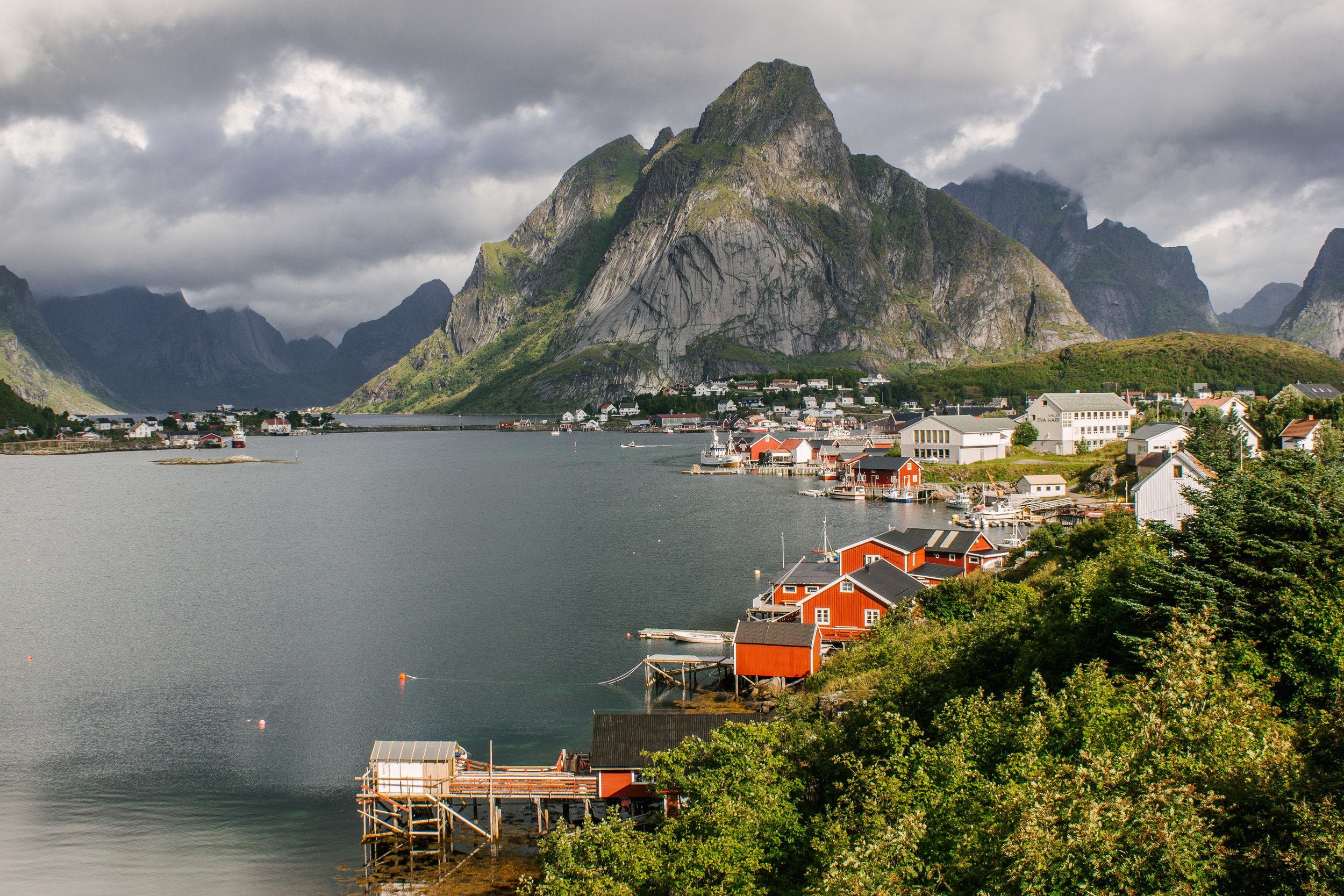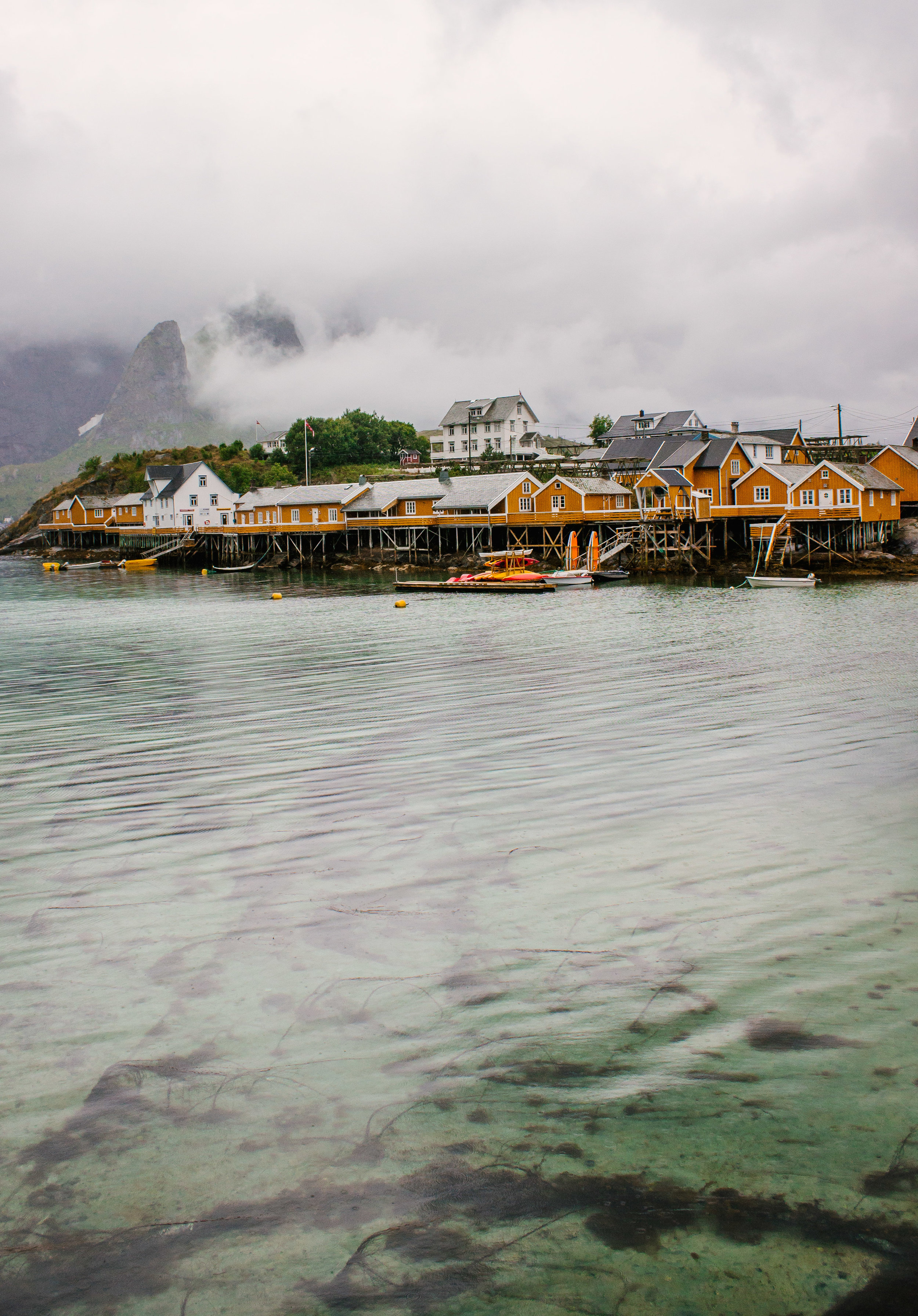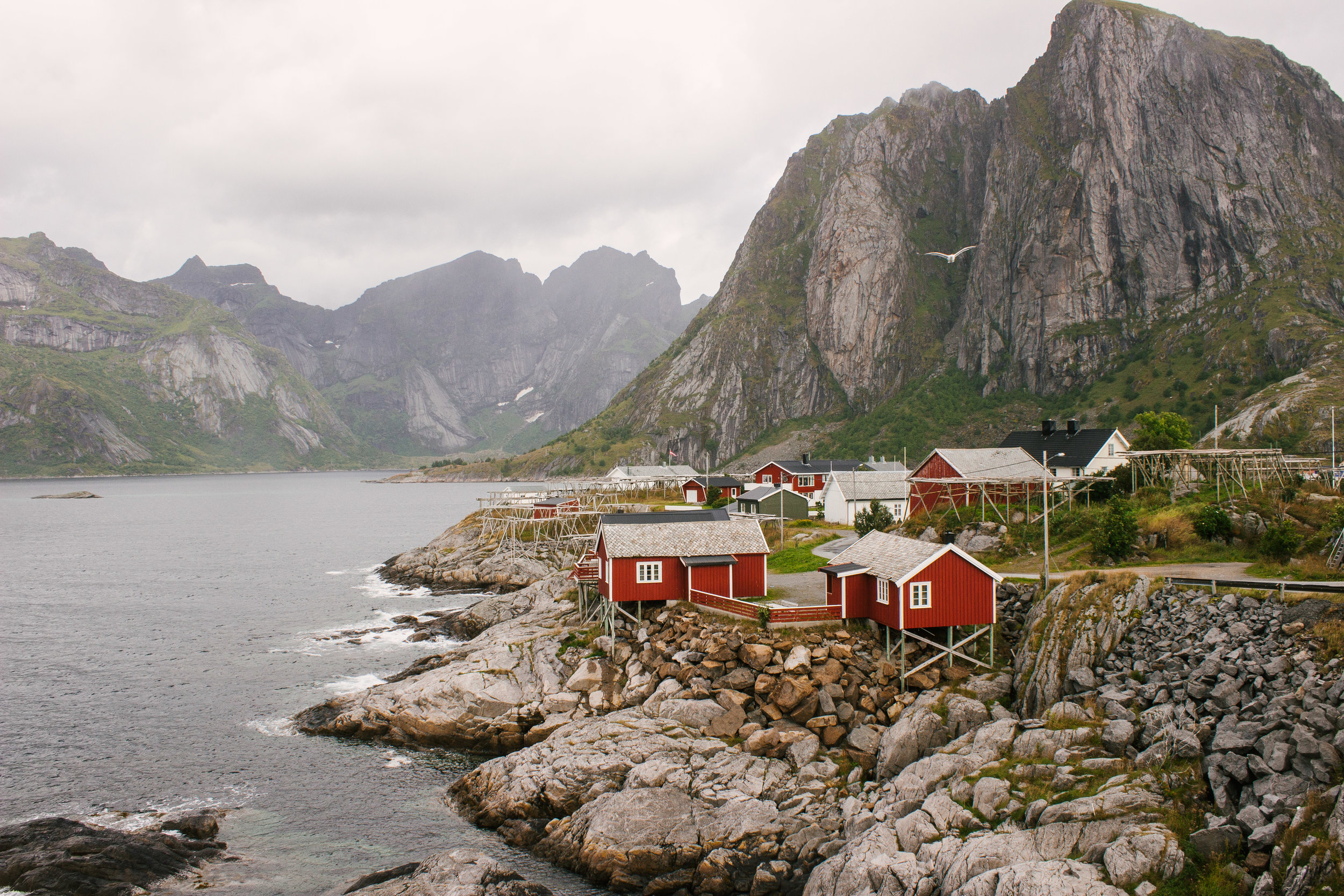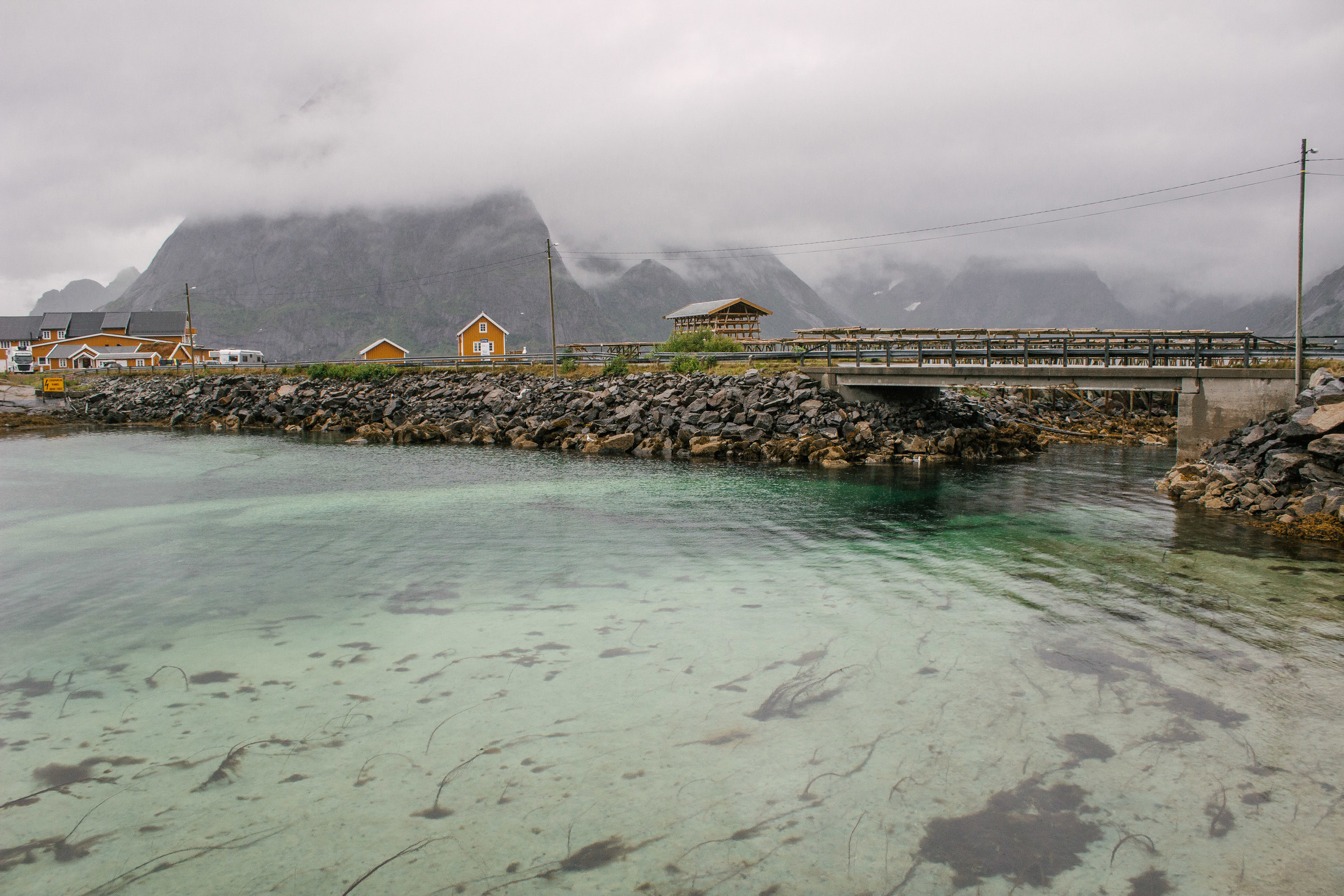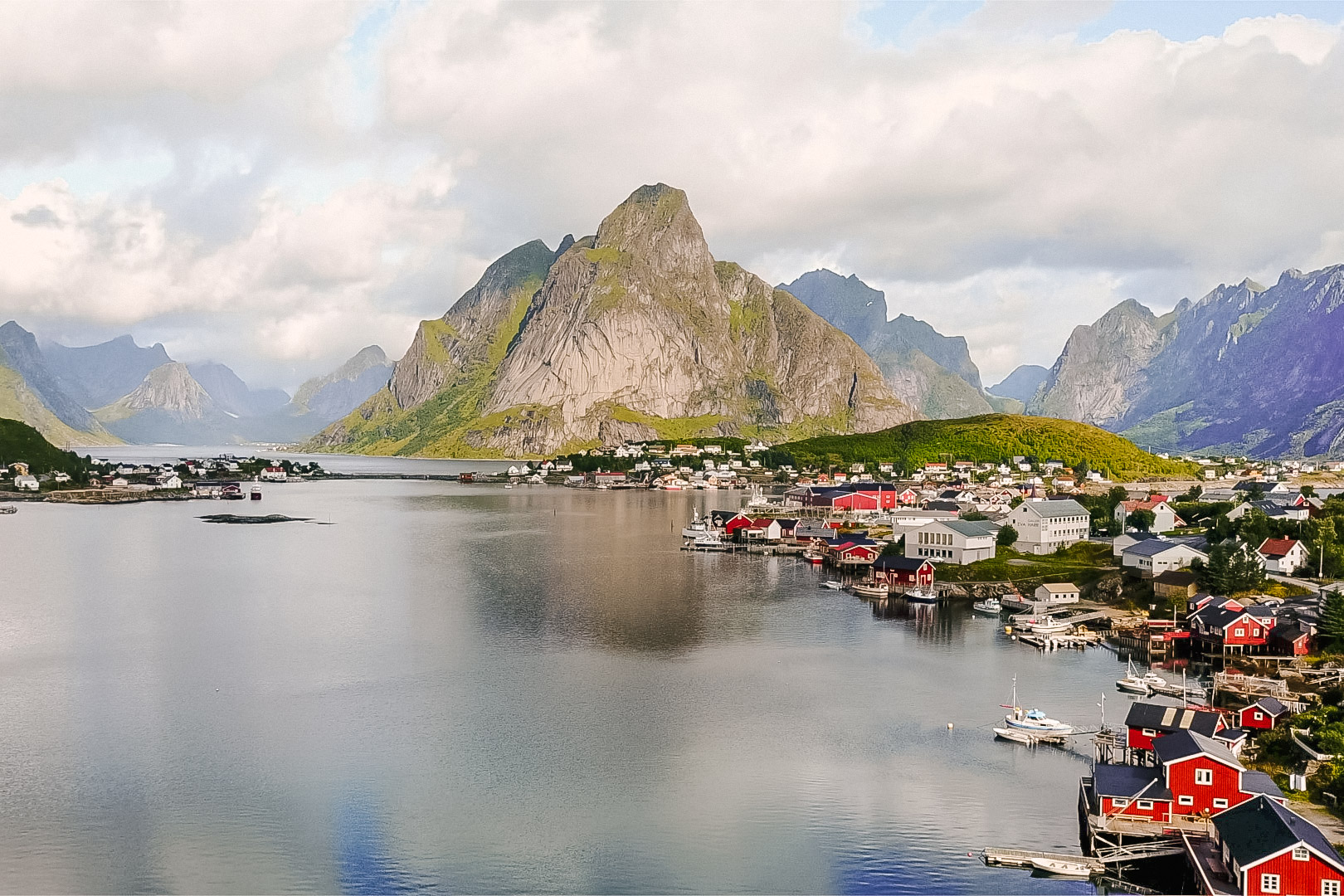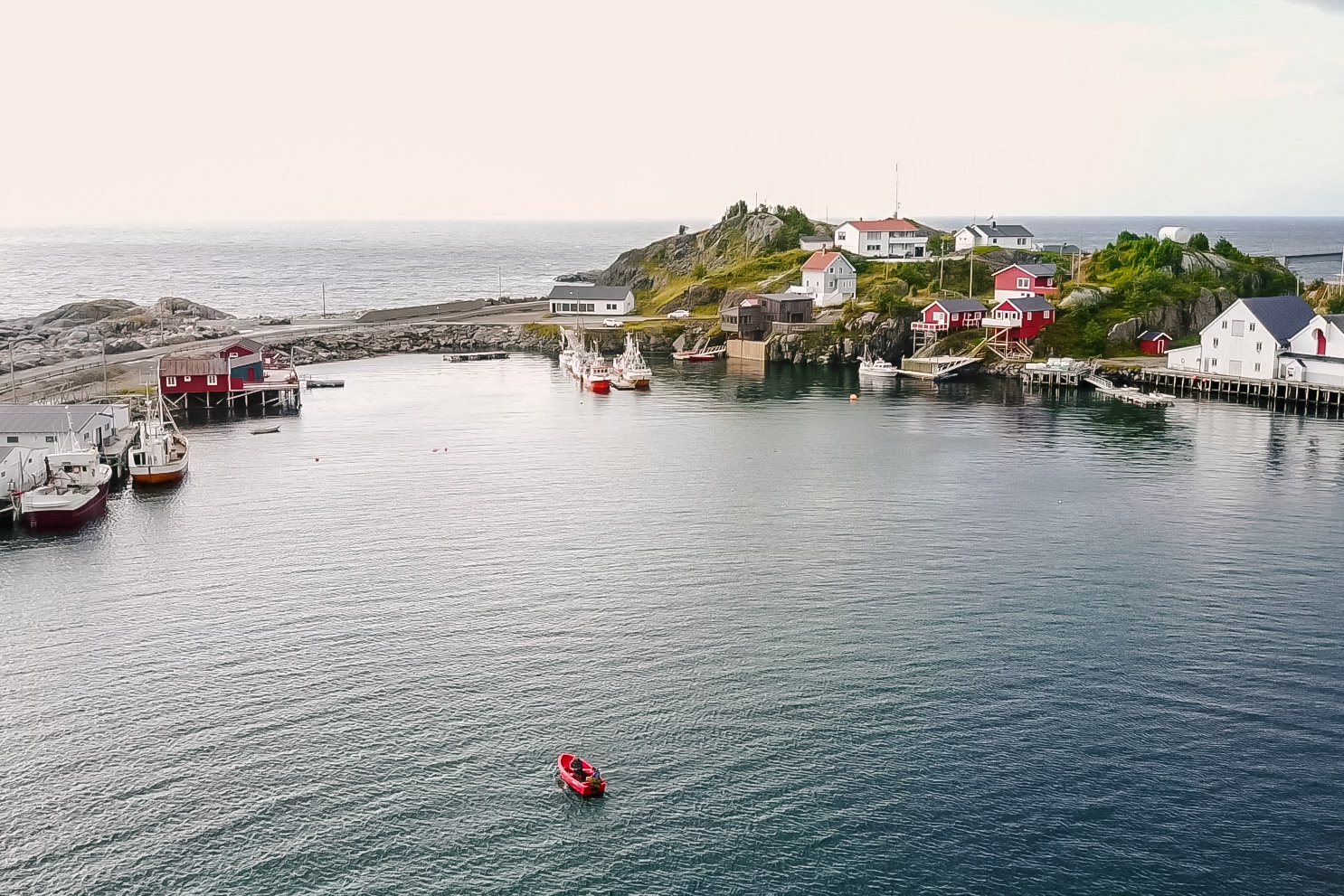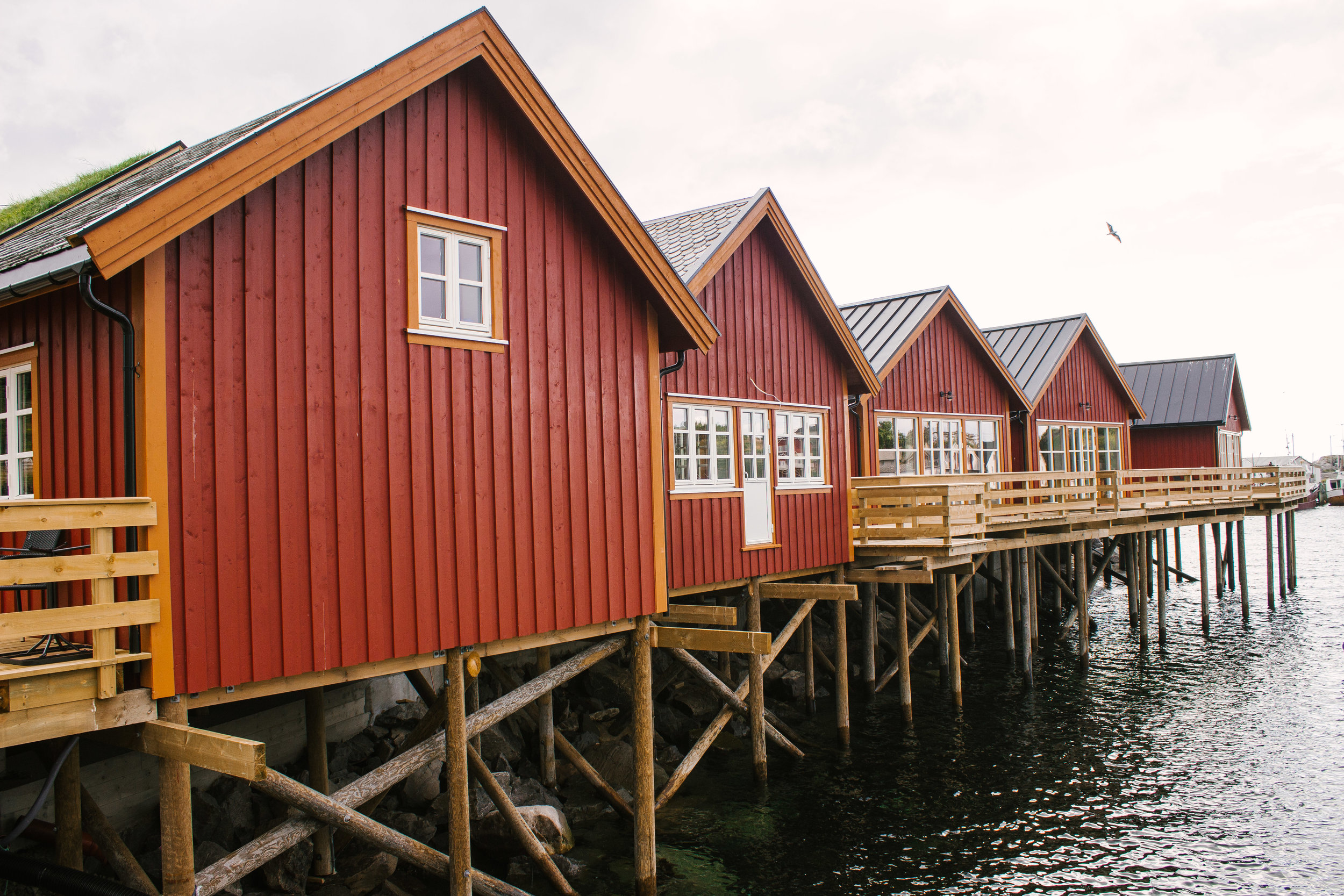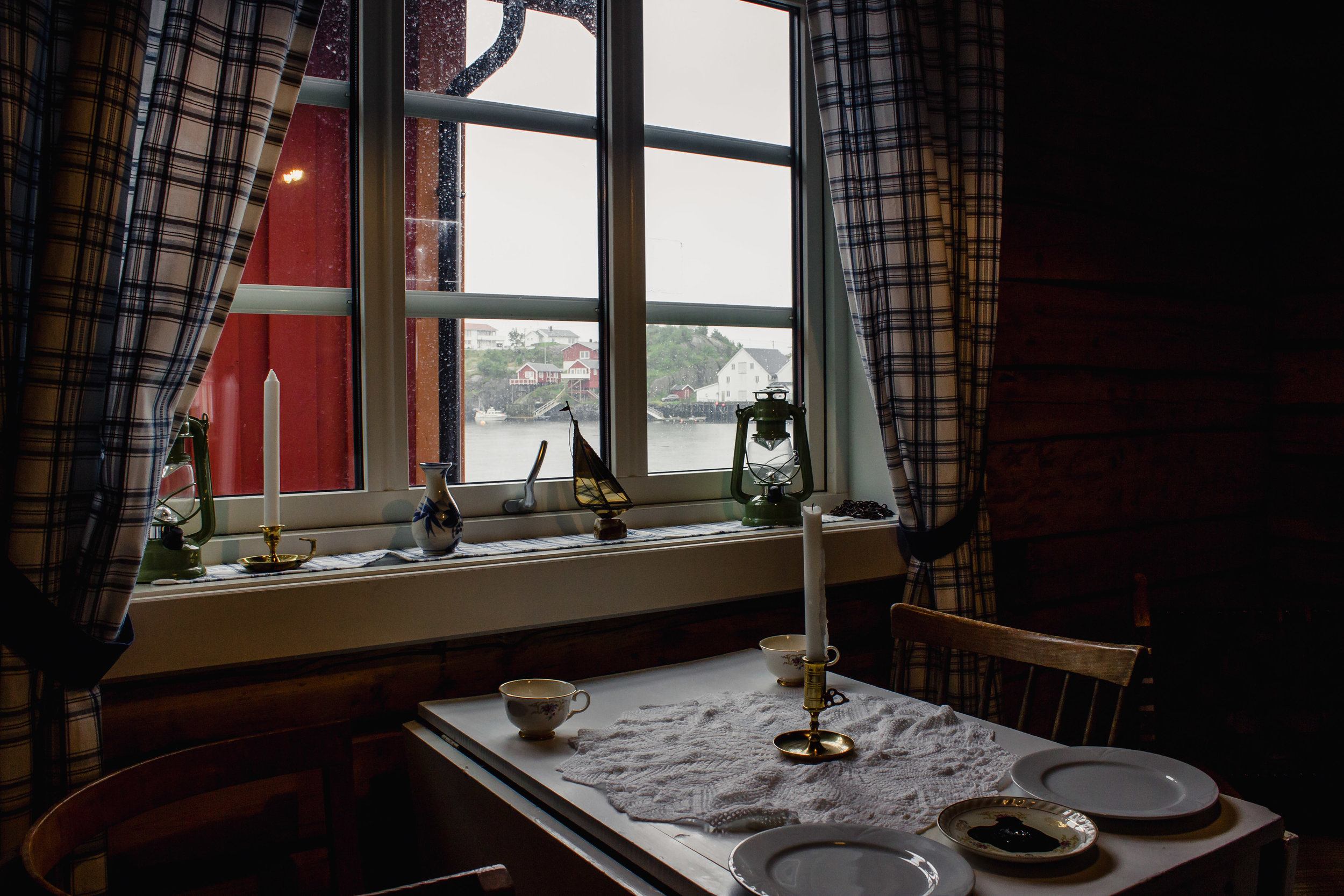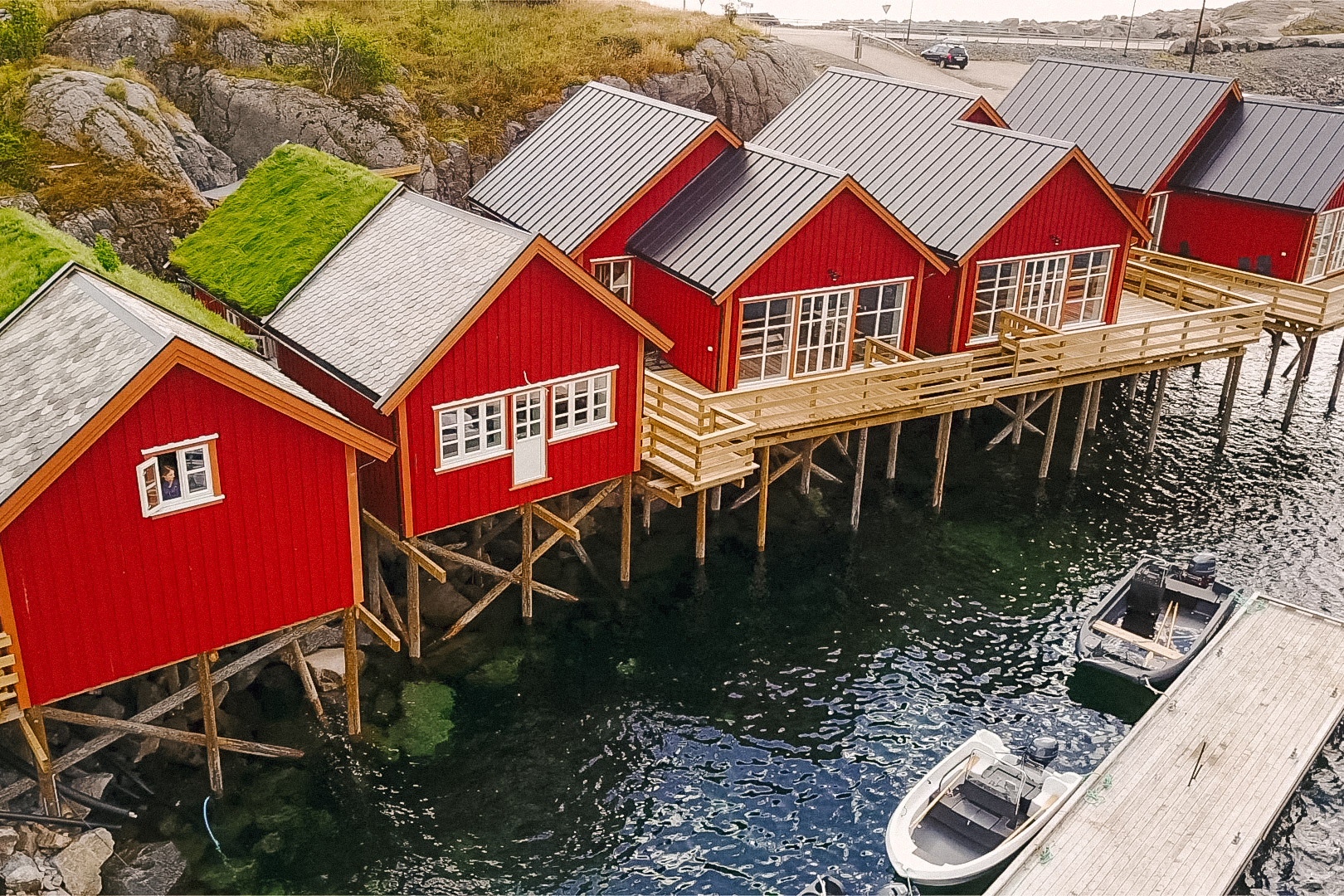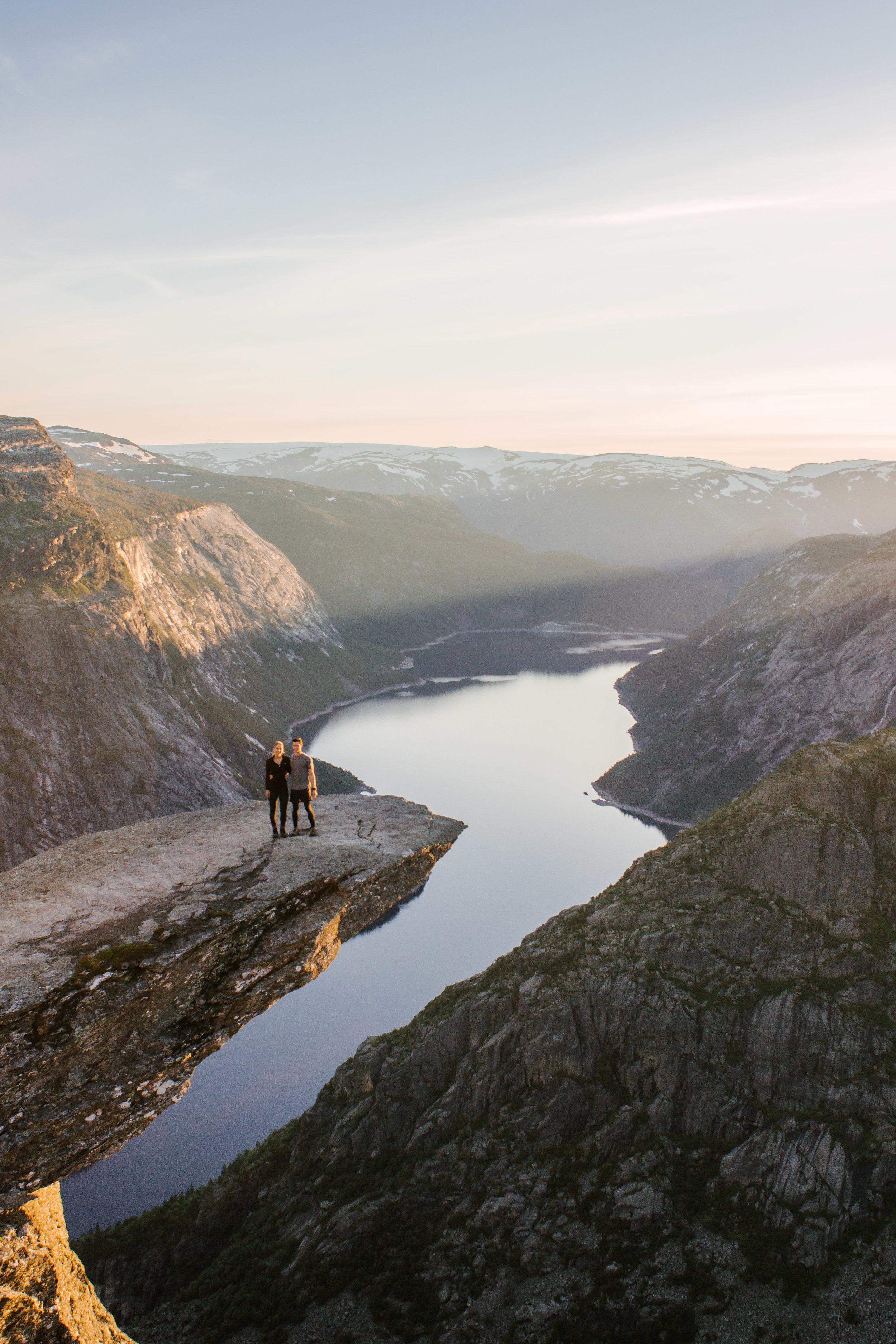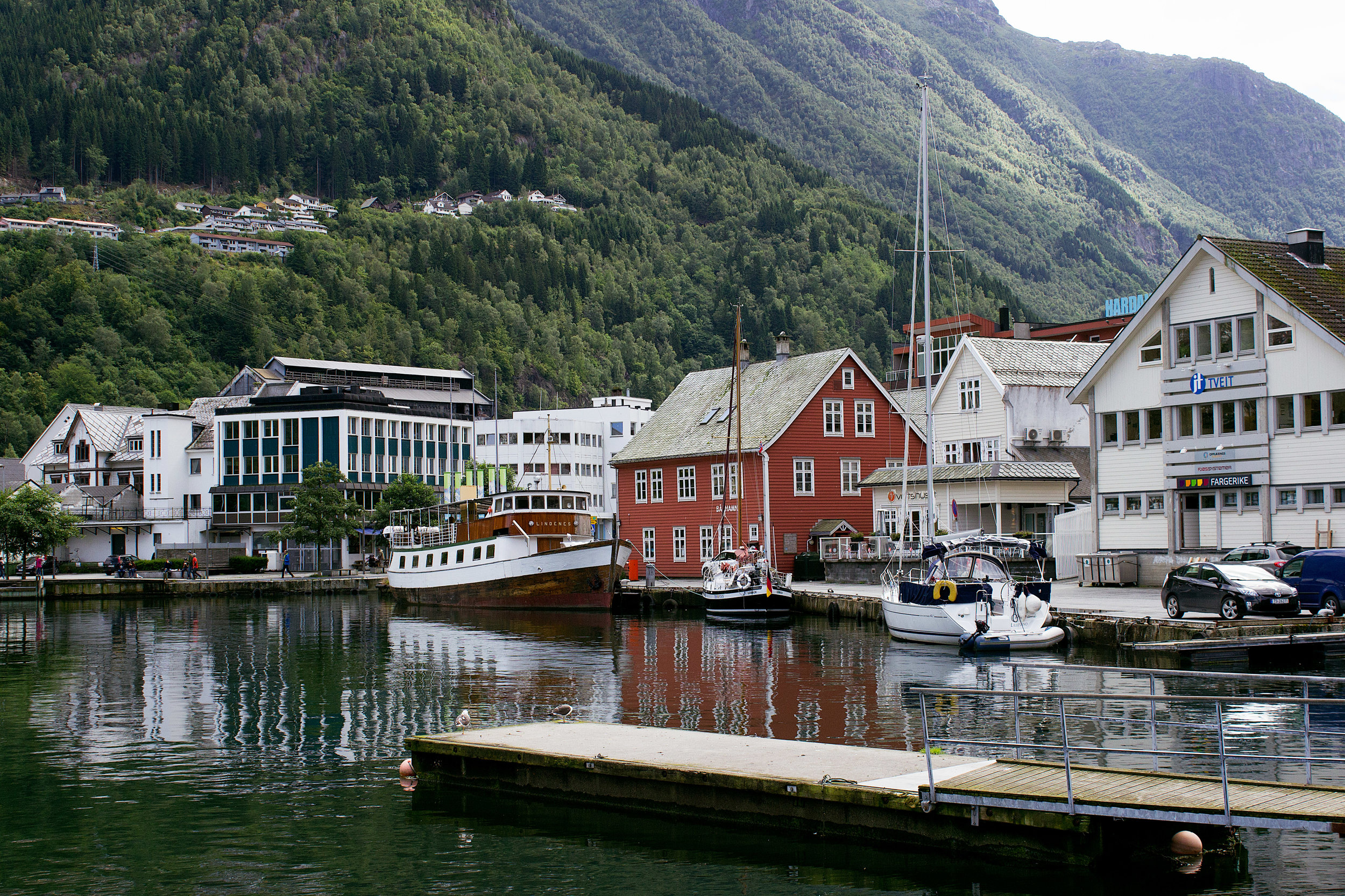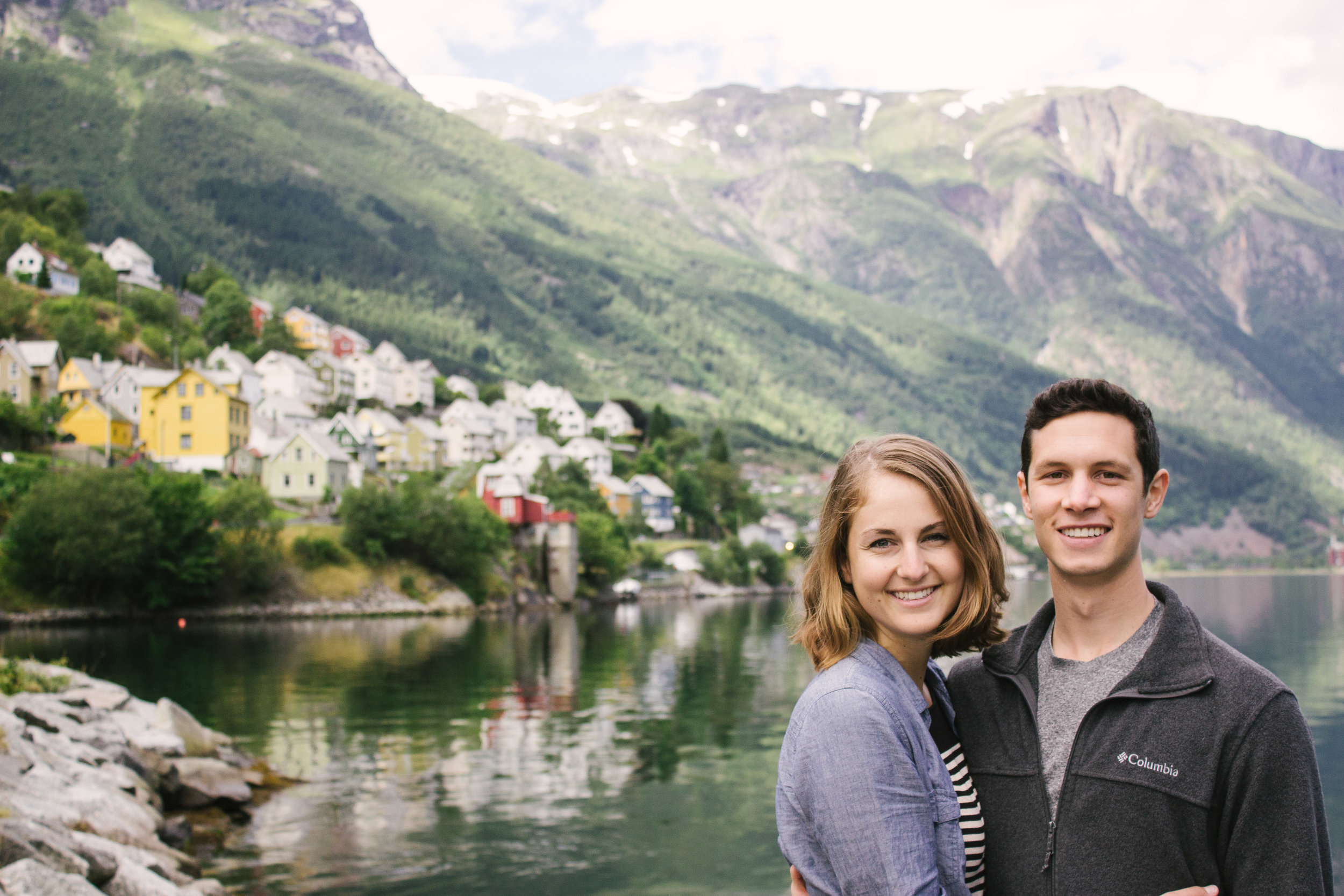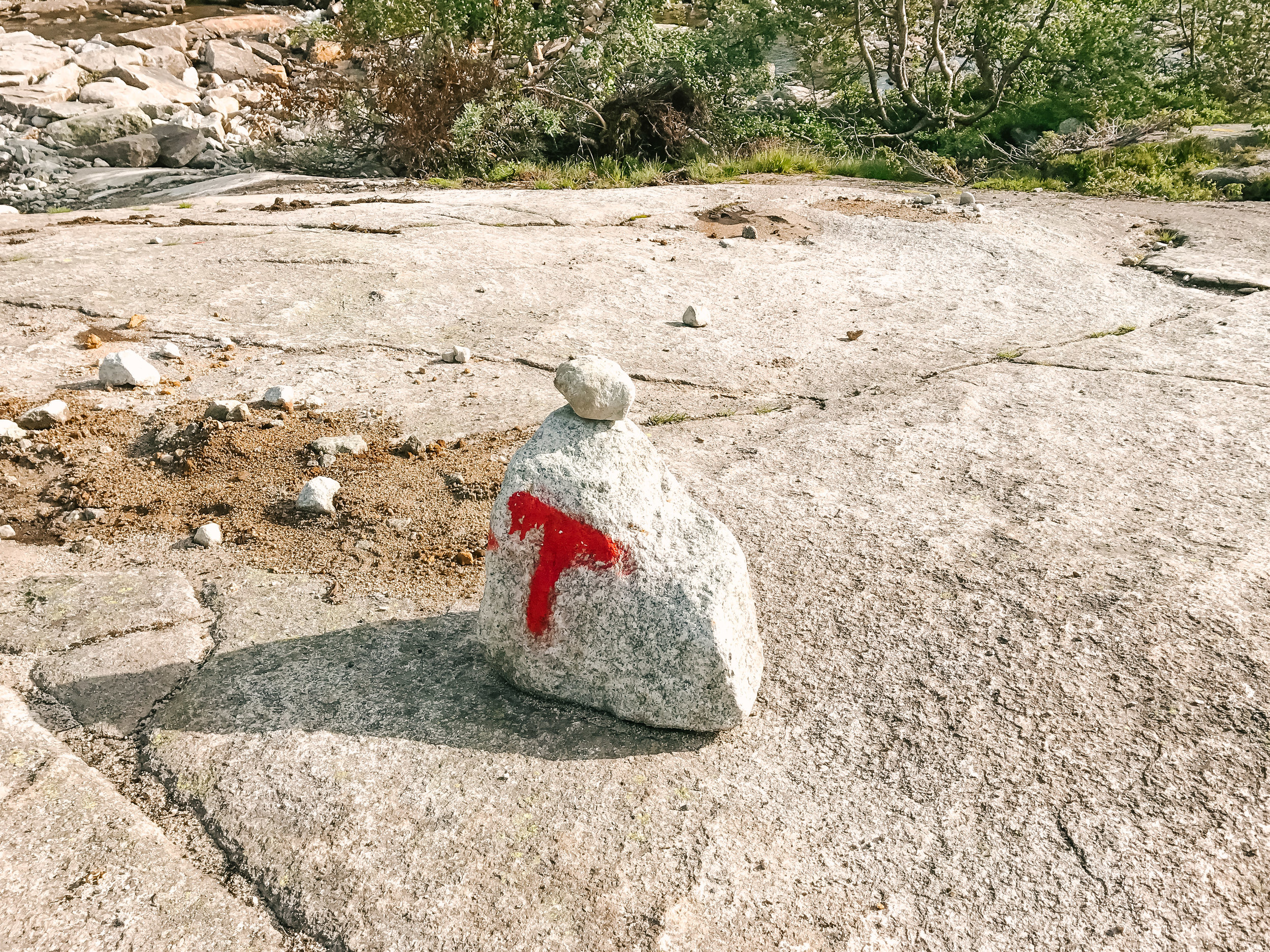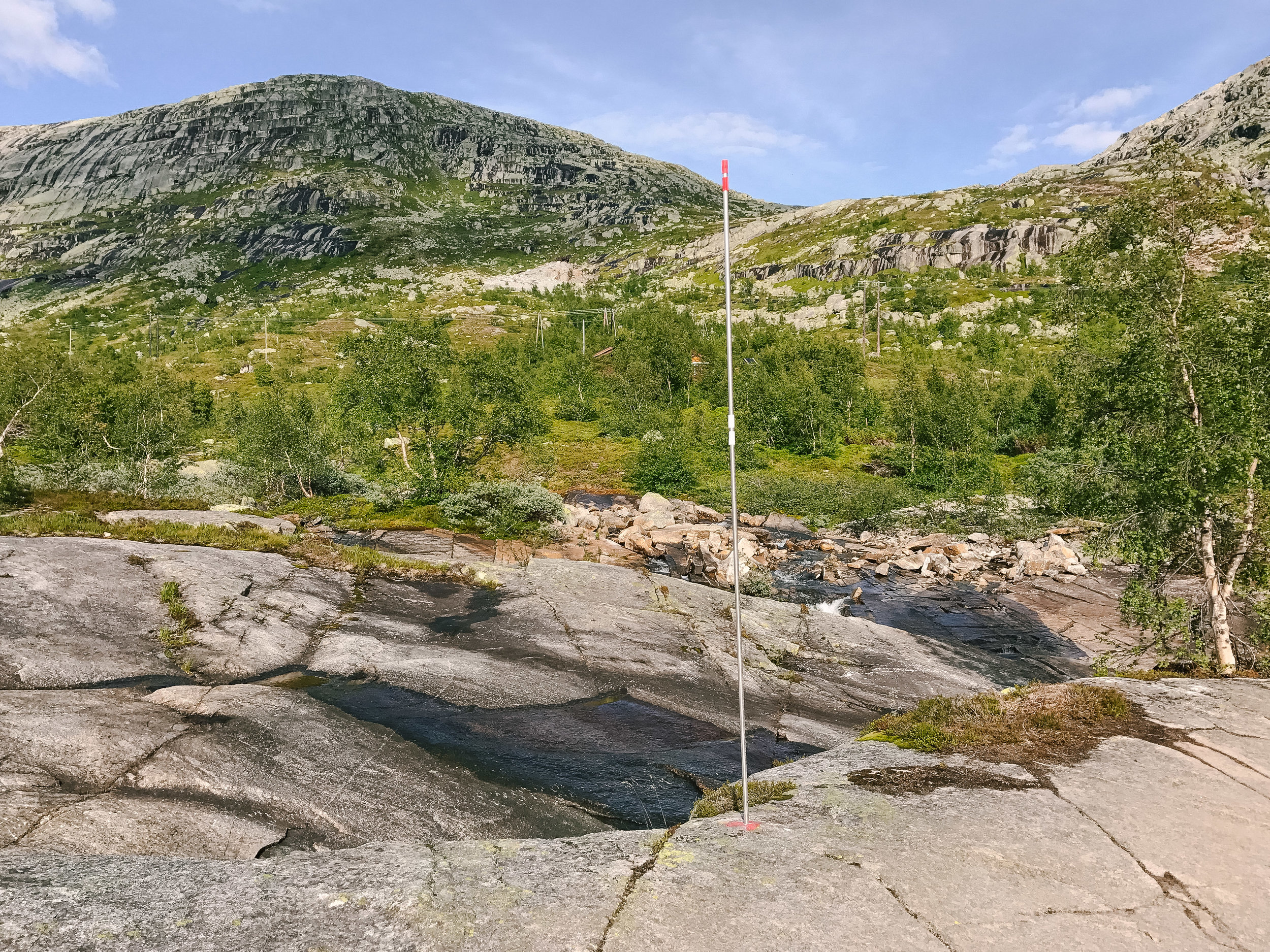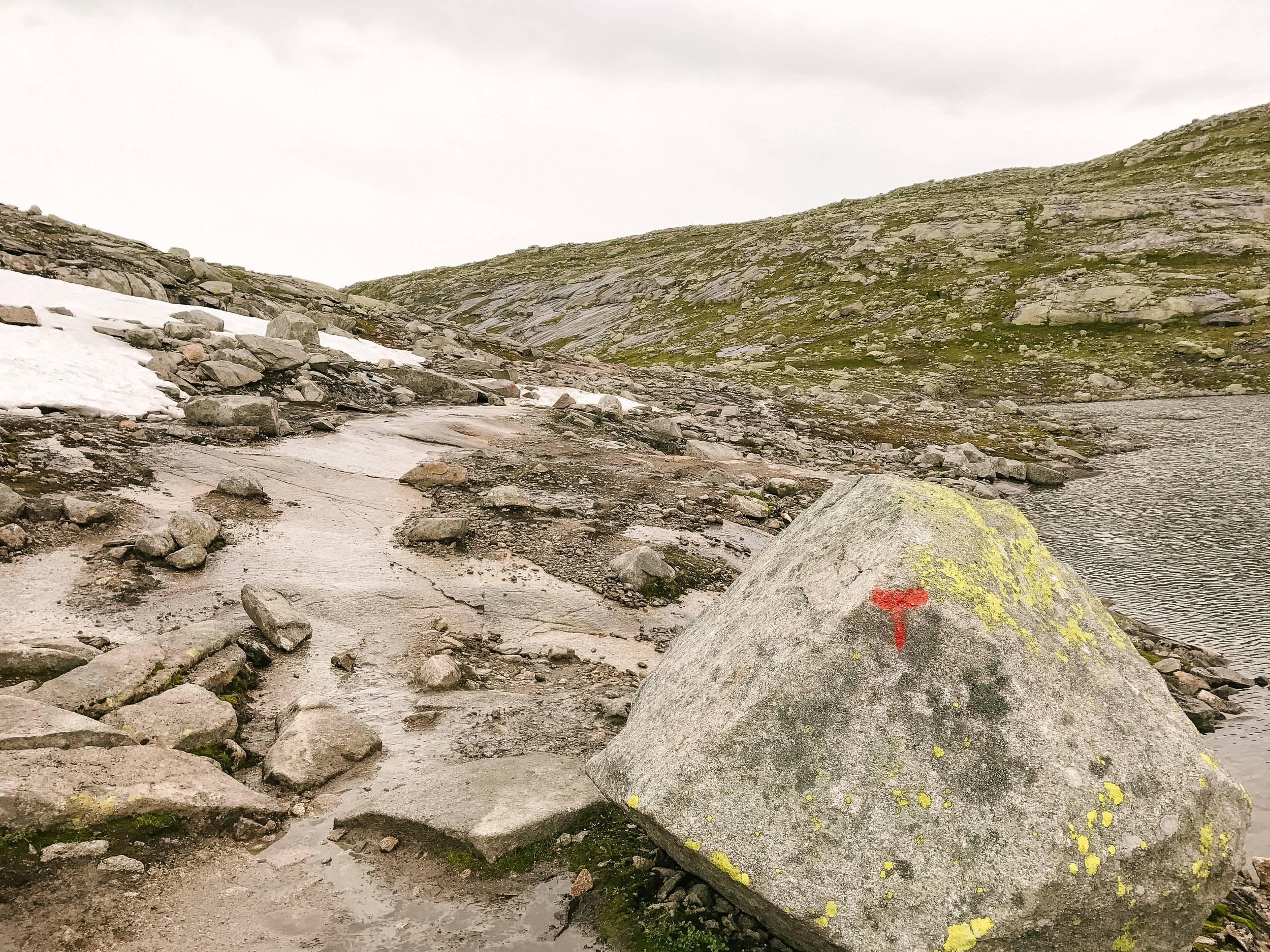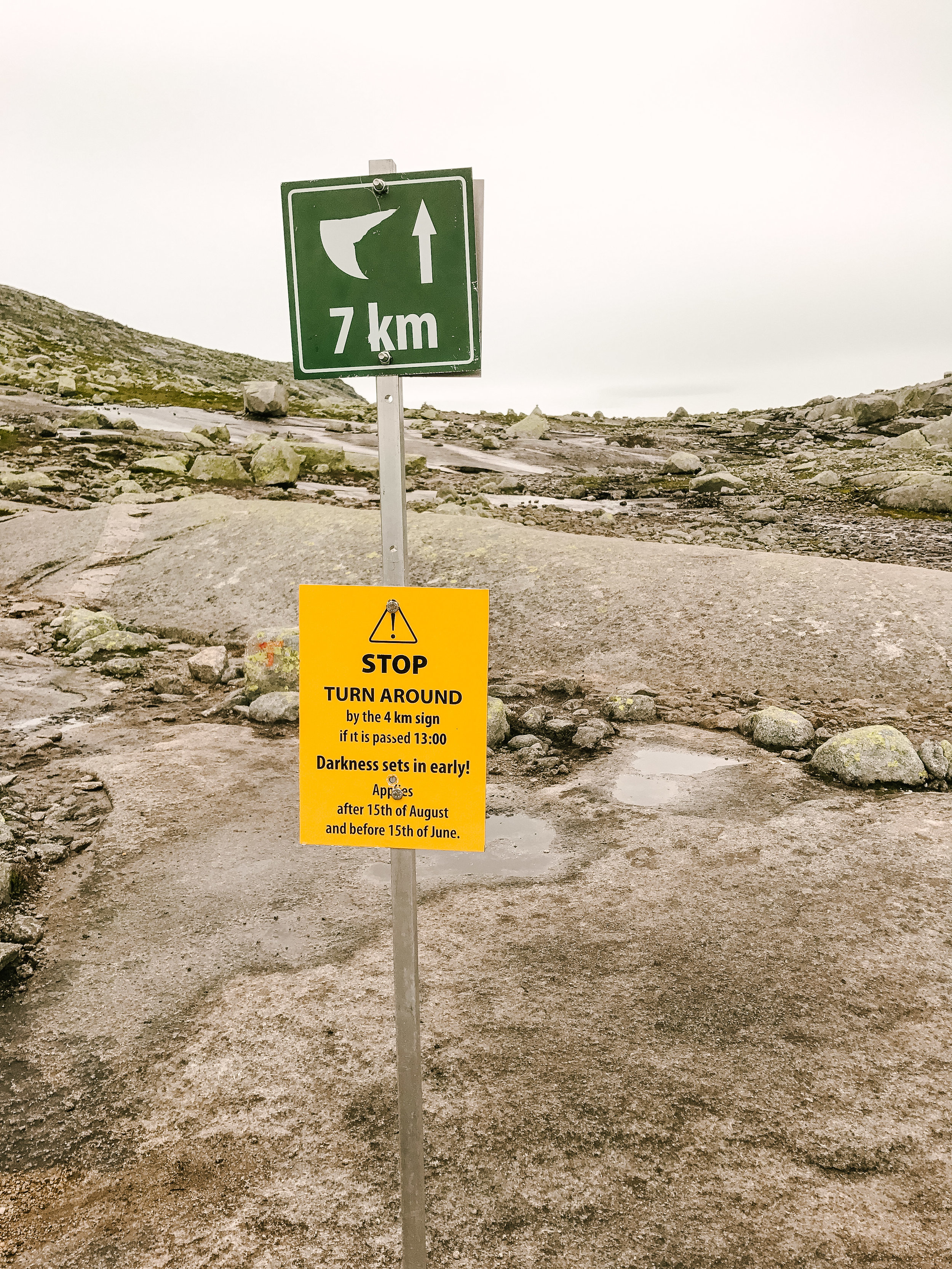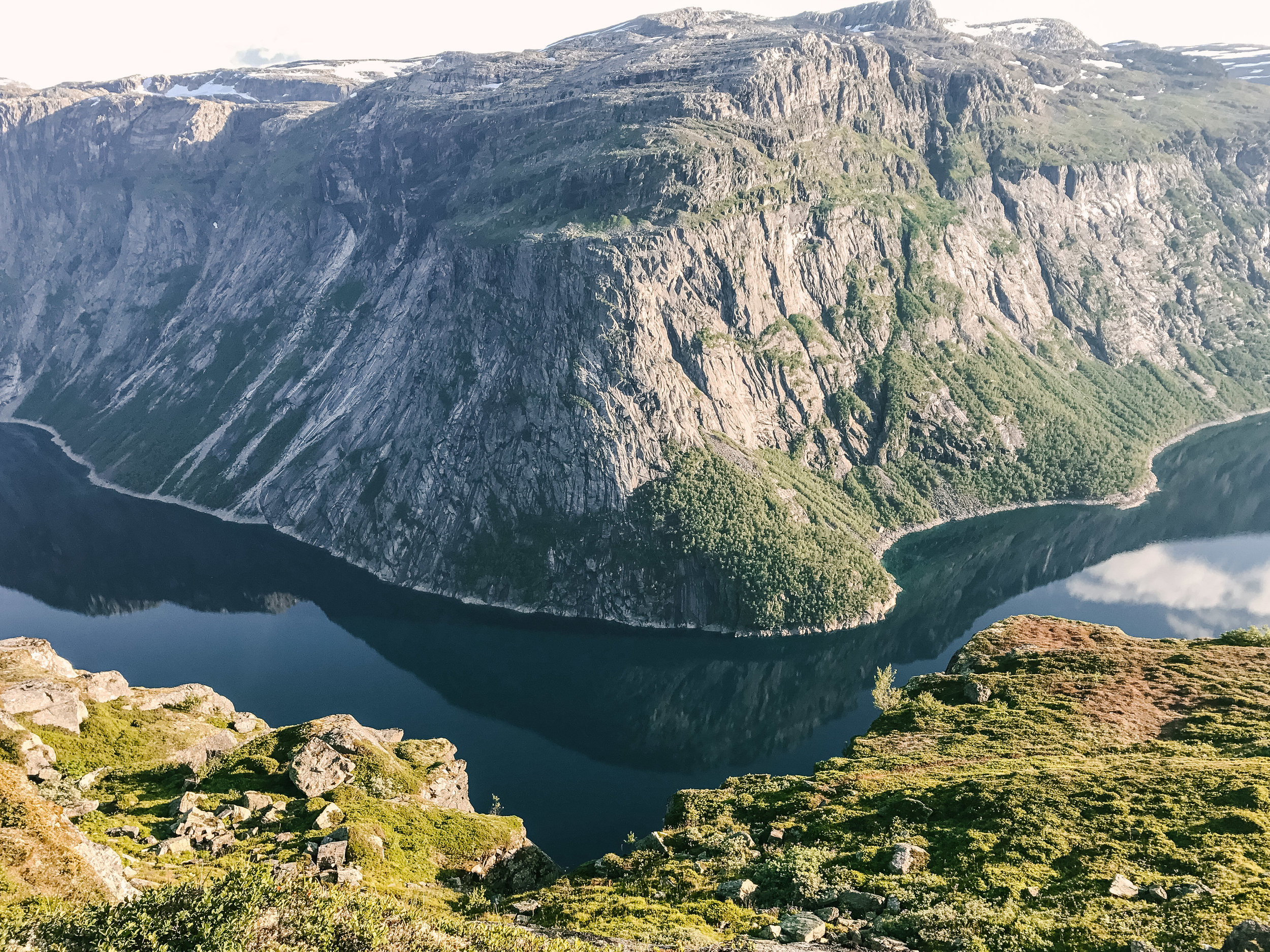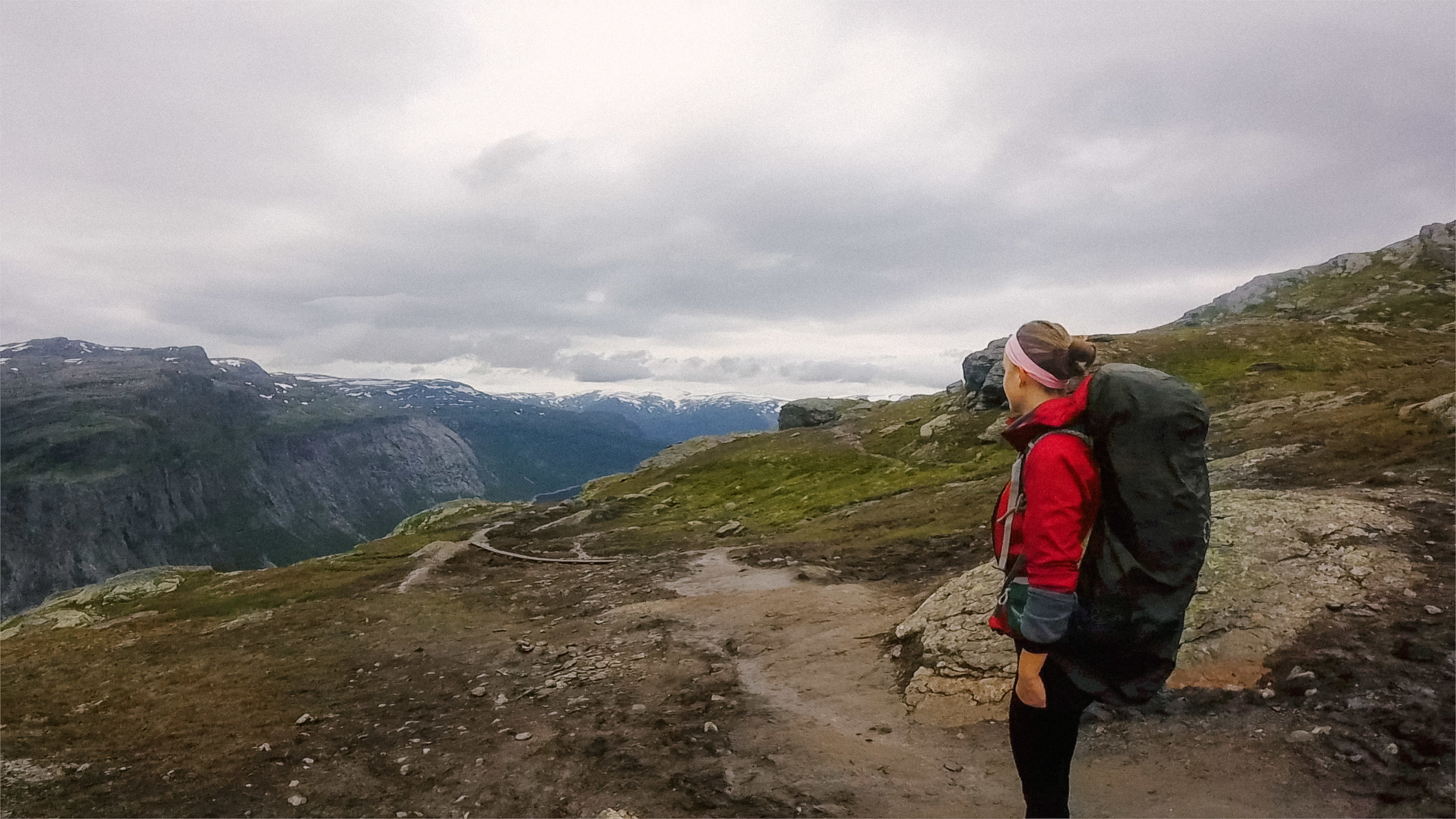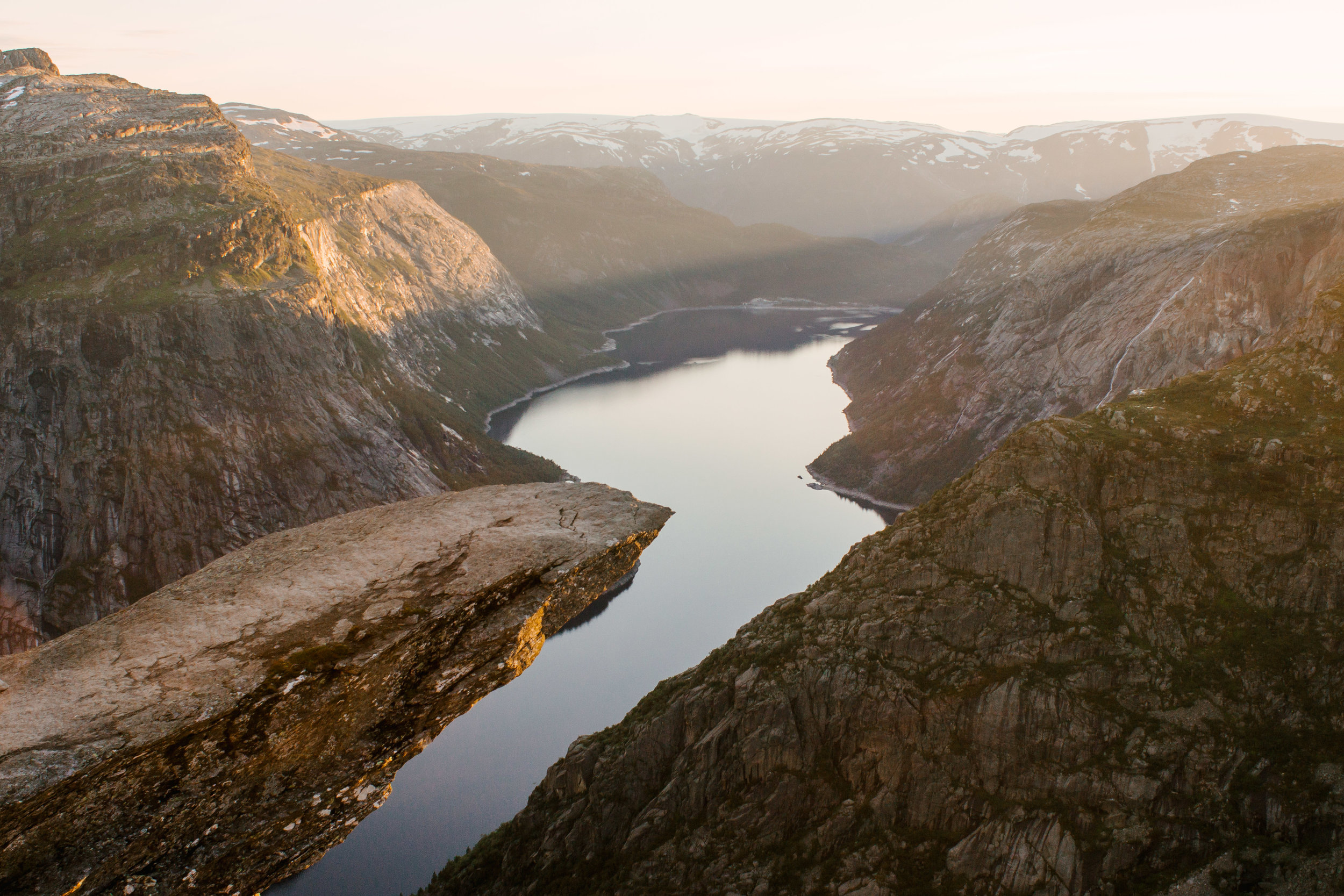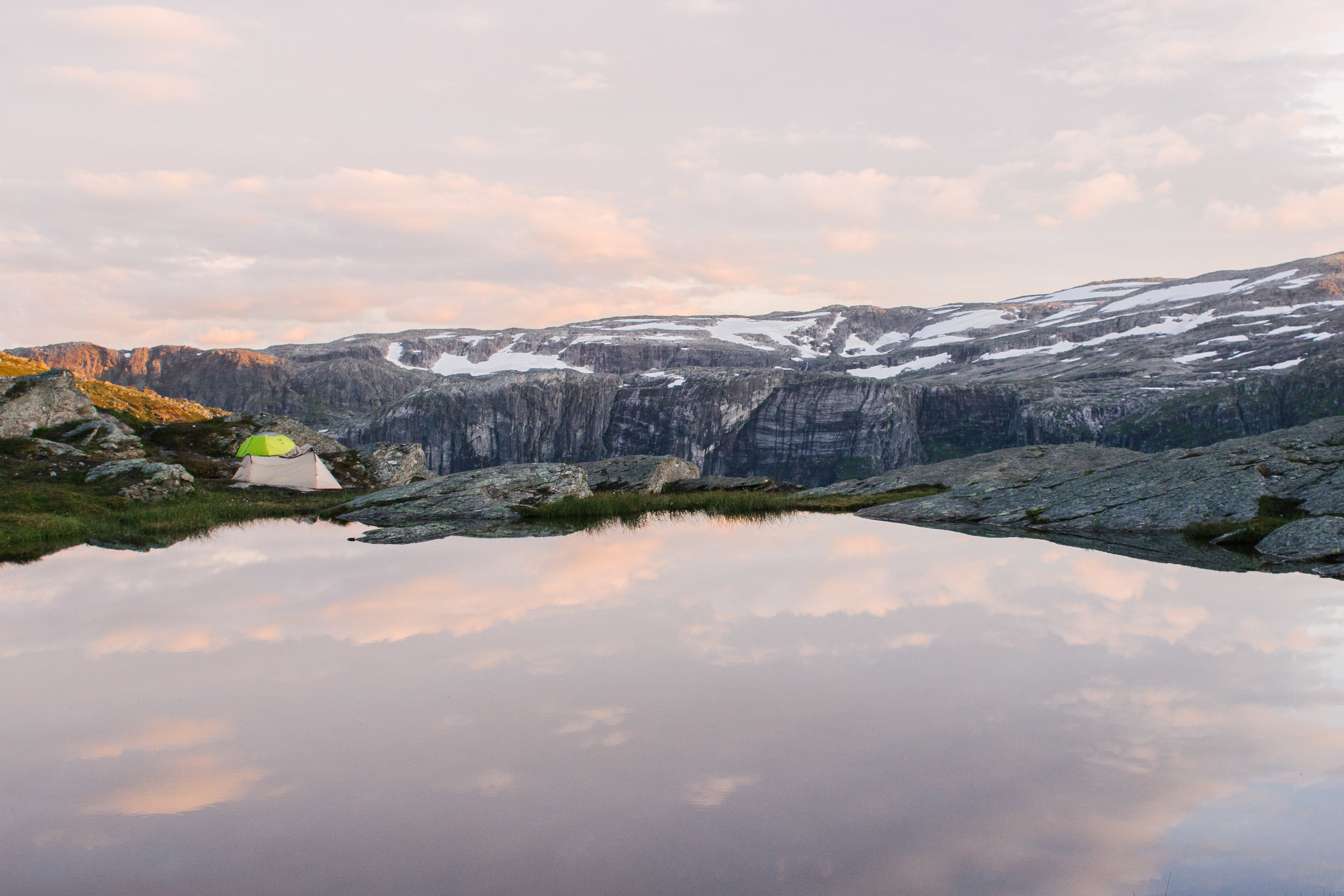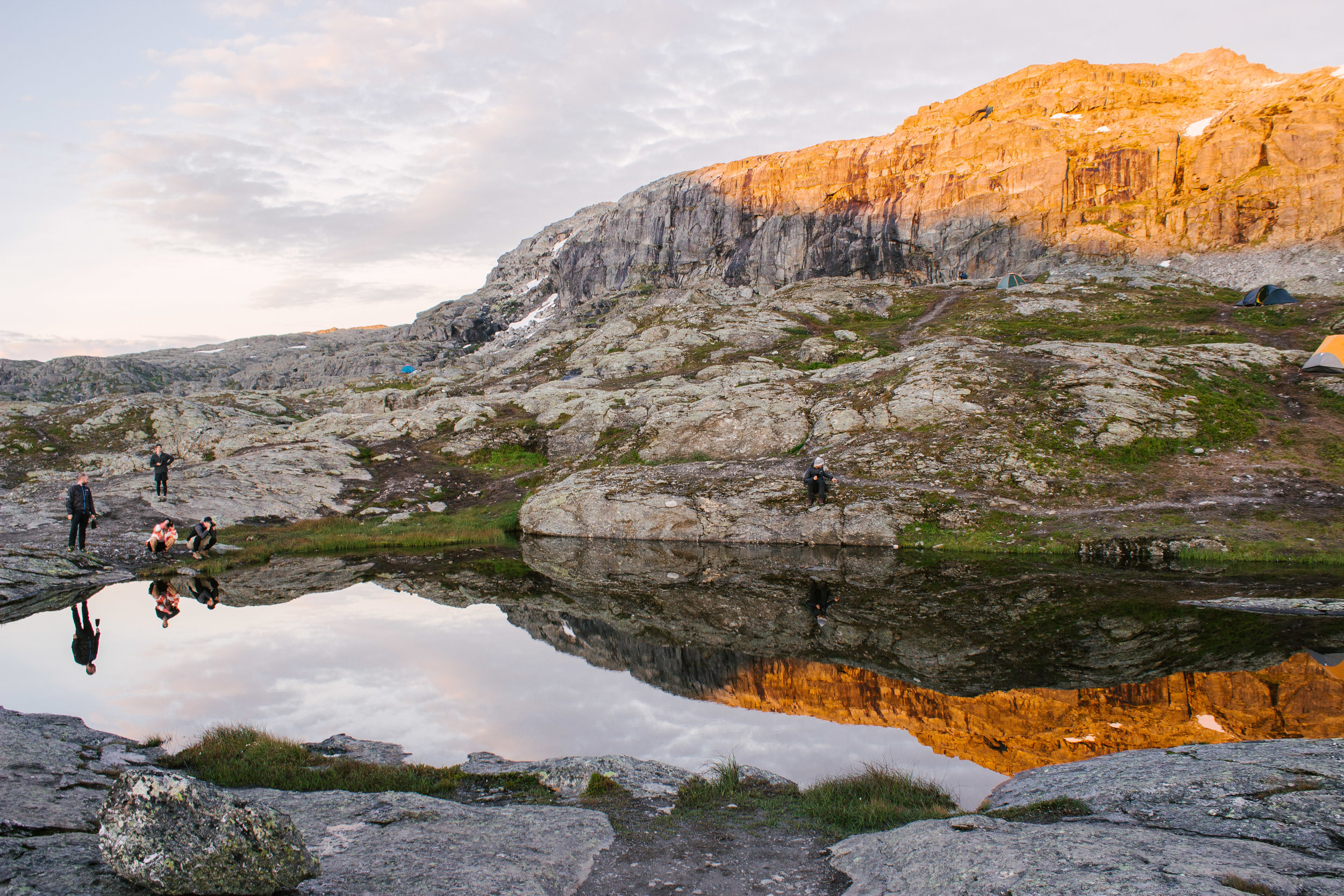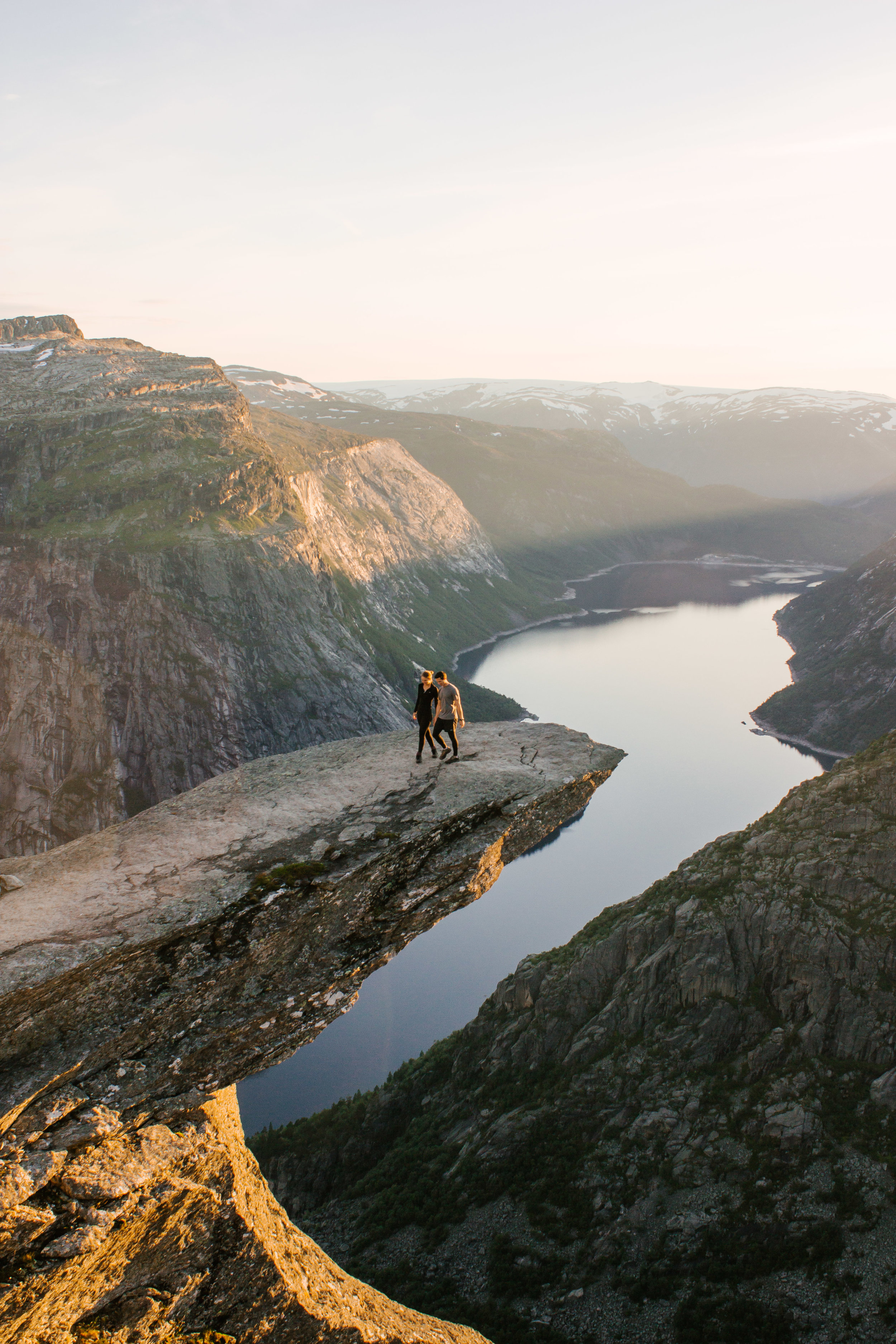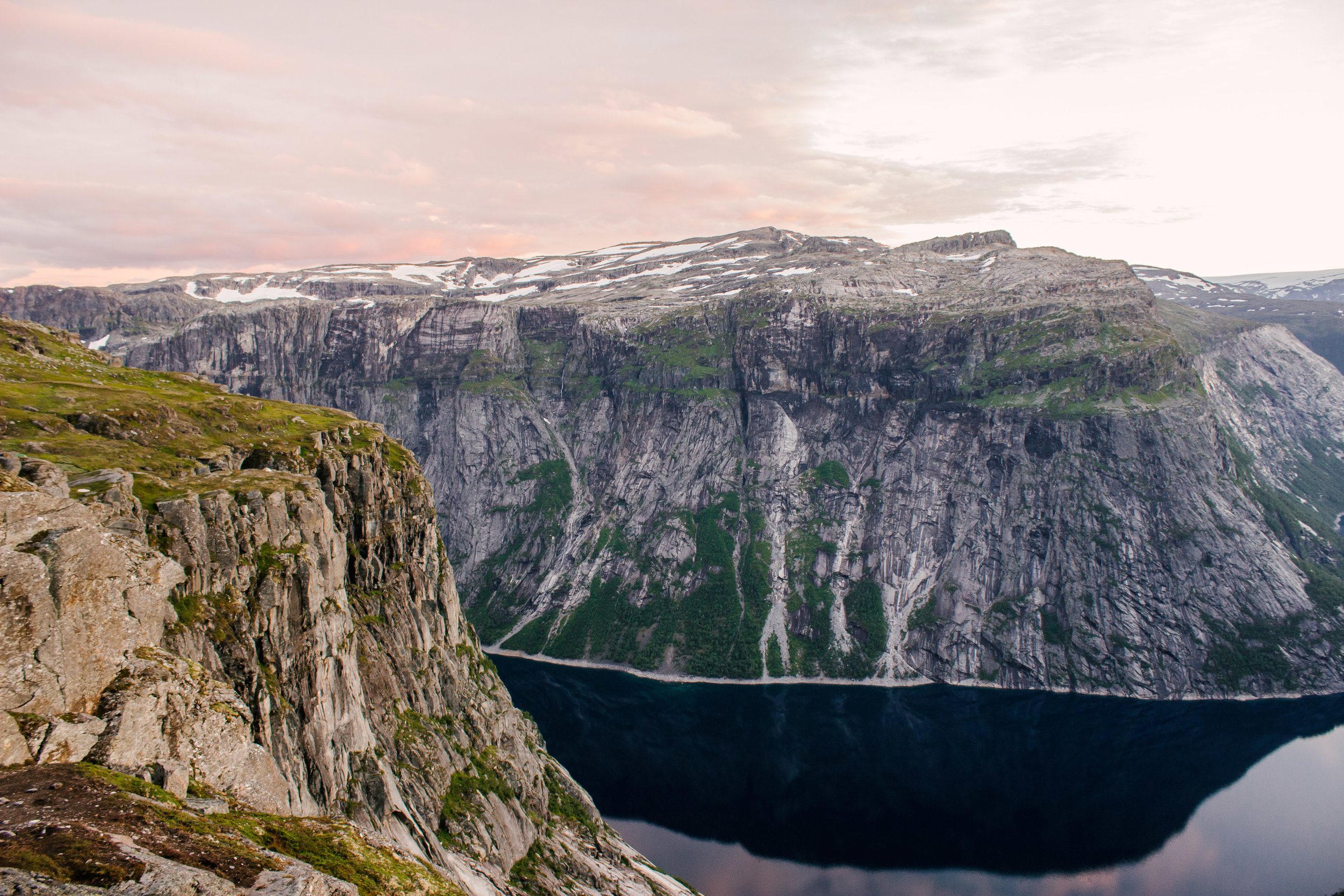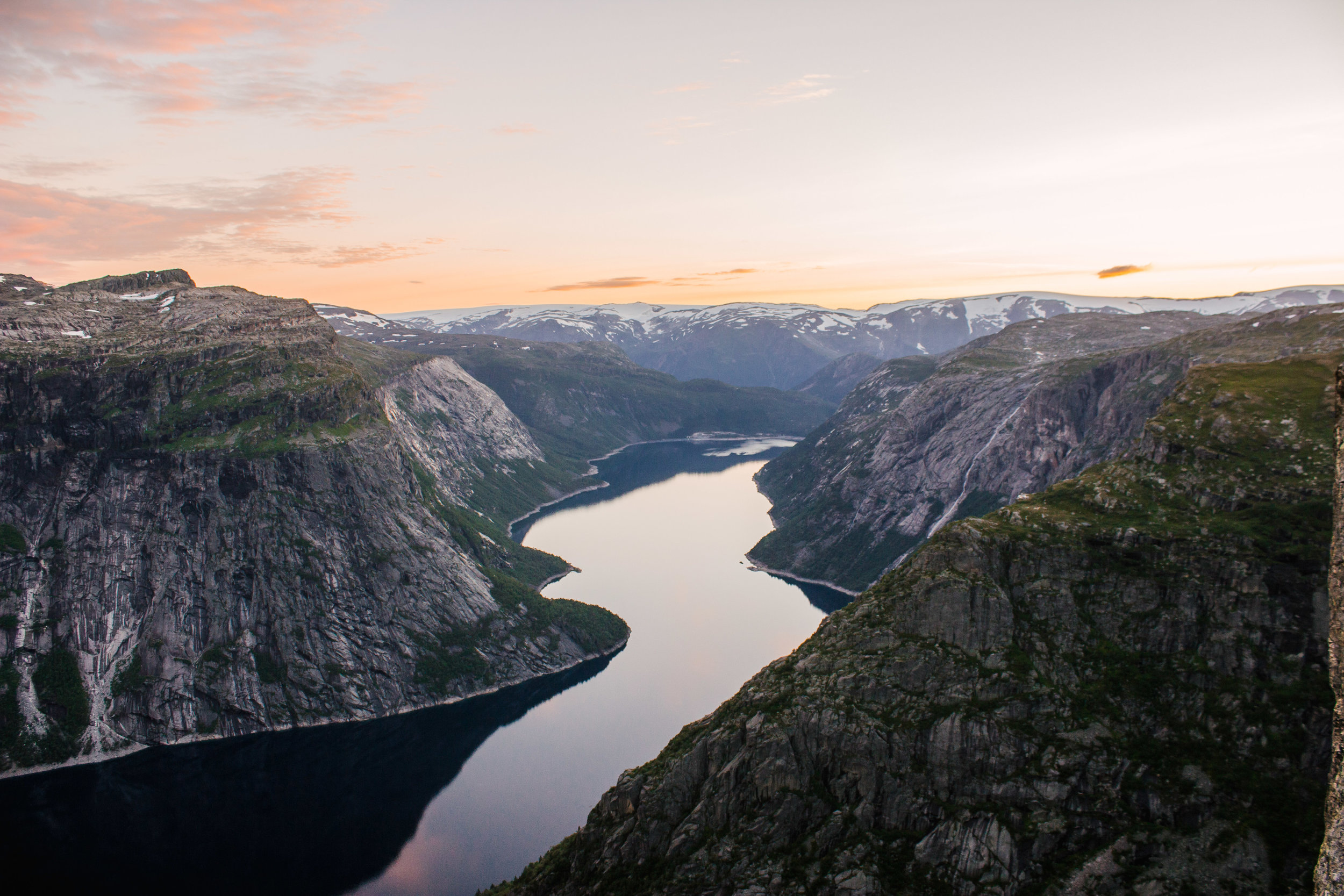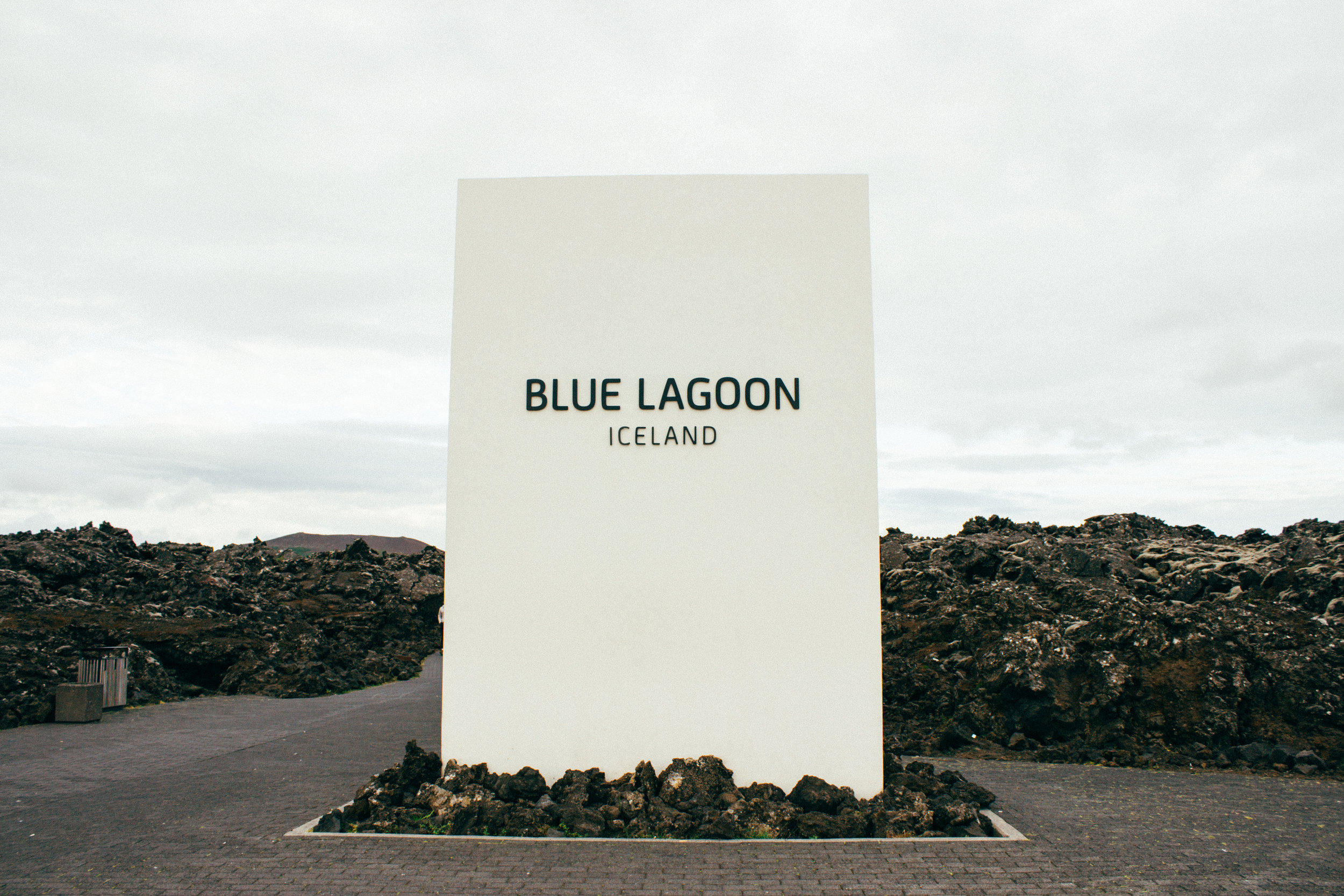Iceland: Chasing Waterfalls
/I don't know about you, but when I hear the word Iceland, my first word association is: WATERFALLS. Thanks to Icelandic weather conditions, mountains, plethora of glaciers, and freeze/thaw cycles there are countless waterfalls on the island.
We only had 3 days to explore Iceland during our stopover to Norway, and you better believe we went to as many waterfalls as we possibly could! One of my favorite aspects of some of these Icelandic waterfalls is how small they make you feel. Towering above, their water falls with such force that you can visibly see how the rocks below have been shaped from the waterfall's power.
I've compiled a list of the waterfalls that we were fortunate enough to visit during our short stay in Iceland. The majority of these waterfalls are relatively close to one another, all located on the western side of the island. Iceland's landscape offers countless more waterfalls, not to mention a wide variety of other terrains and sights to explore!
Seljalandsfoss:
This is the first south-coast waterfall that you will hit when driving south from Reykjavik. Therefore it is highly popular and typically filled with tourists as it makes an easy day trip for those staying in Reykjavik. This was the only waterfall we visited that had a parking fee. It is 700 ISK ($7) per day. Once you get to the waterfall there is a path to walk behind it, but be warned, because everyone who did got drenched from the waterfall’s mist.
Gljúfrafoss:
Located about a quarter mile down from Seljalandsfoss, is Gljúfrafoss. Despite being next to the most popular waterfall in Iceland, it is not well known due to being hidden behind the lush green cliffs. From the road you can see the top of the waterfall, but in order to experience the full waterfall, you will need to walk through the rock crevice, crossing a shallow river, to enter into the open topped cave. Due to the waterfall’s mist, it is extremely wet in there. So yes, you will get wet.
Kvernufoss:
Hands down this was my favorite waterfall in Iceland. Because it is a lesser known waterfall, we had it all to ourselves, which I think is why it was my favorite. Down the road from Skogafoss, it is tucked behind the hills, and you will need to walk behind some buildings in order to find the trail. But once you round the corner to see the first glimpse of the waterfall, it is breathtakingly magical. We danced and stared at the waterfall for hours, playing with our camera and drone to get the best captures possible. During those couple hours only one other group came through. After visiting some highly popular waterfalls, getting to explore a quiet waterfall, whose beauty and surrounding area are still untouched was a wonderful treat.
Skógafoss:
This is another one of the most visited south-coast waterfalls. In order to enjoy Skogafoss without the plethora of tourists, Alex and I camped at the campsite right in front of the waterfall. Waking up really early the next morning, we had the waterfall all to ourselves, and were able to take in the beauty of the waterfall amongst the quiet, misty morning. What you don’t see in the photos is how cold it was! Even with wearing all of our layers we had a difficult time staying warm as the cold waterfall mist pelted us in the face. If you want to see the waterfall from above, there is a staircase pathway to the right that will take you to the top.
Bruarfoss:
OMG, this was the hardest waterfall to find. Granted we were looking for the trailhead in the rain, which side note - if it is raining in Iceland, do not give up on your plans because chances are it will clear up shortly. For instance, it was pouring while we driving, but by the time we parked the car, the rain had cleared, and the sun was shining brightly.
The logistics of getting there are challenging. Once we parked and started walking on a pathway with fellow waterfall enthusiasts we soon realized we were on the wrong path. Backtracking we found the correct one quickly. Just know that the start of the trail has you walking through a field briefly, crossing some barbed wire, and if it has rained recently, the path will be extremely muddy. Unfortunately, due to the muddiness people were walking on plants, thus widening the path and causing damage to the terrain. So please be respectful of the land and stay on the paths. The walk out to the waterfall was roughly a quarter mile.
Now you may be wondering if the water was truly as bright blue as it looks in the pictures. No. It was even brighter! Truly it was unbelievable and absolutely amazing to see in person!!!
Kirkjufellsfoss:
Alex and I were first introduced to the beauty of Iceland after seeing a photograph of this waterfall. We both were dying to see it in person, so we made the couple hour drive north to the Snæfellsnesvegur peninsula. Up there, there were very few tourists as it was too far for a day trip from Reykjavik.
It was surreal seeing this waterfall. On the one hand, we had been dreaming of this spot for years, and on the other, it was completely different than what I had thought it would be like! There is a road and footpath that go between the waterfall and Kirkjufell (the mountain in the background). So in order to get the money shot, you have to walk around to the other side of the waterfall, and wait forever for someone not to be walking on the footpath in the middle of your picture lol.





